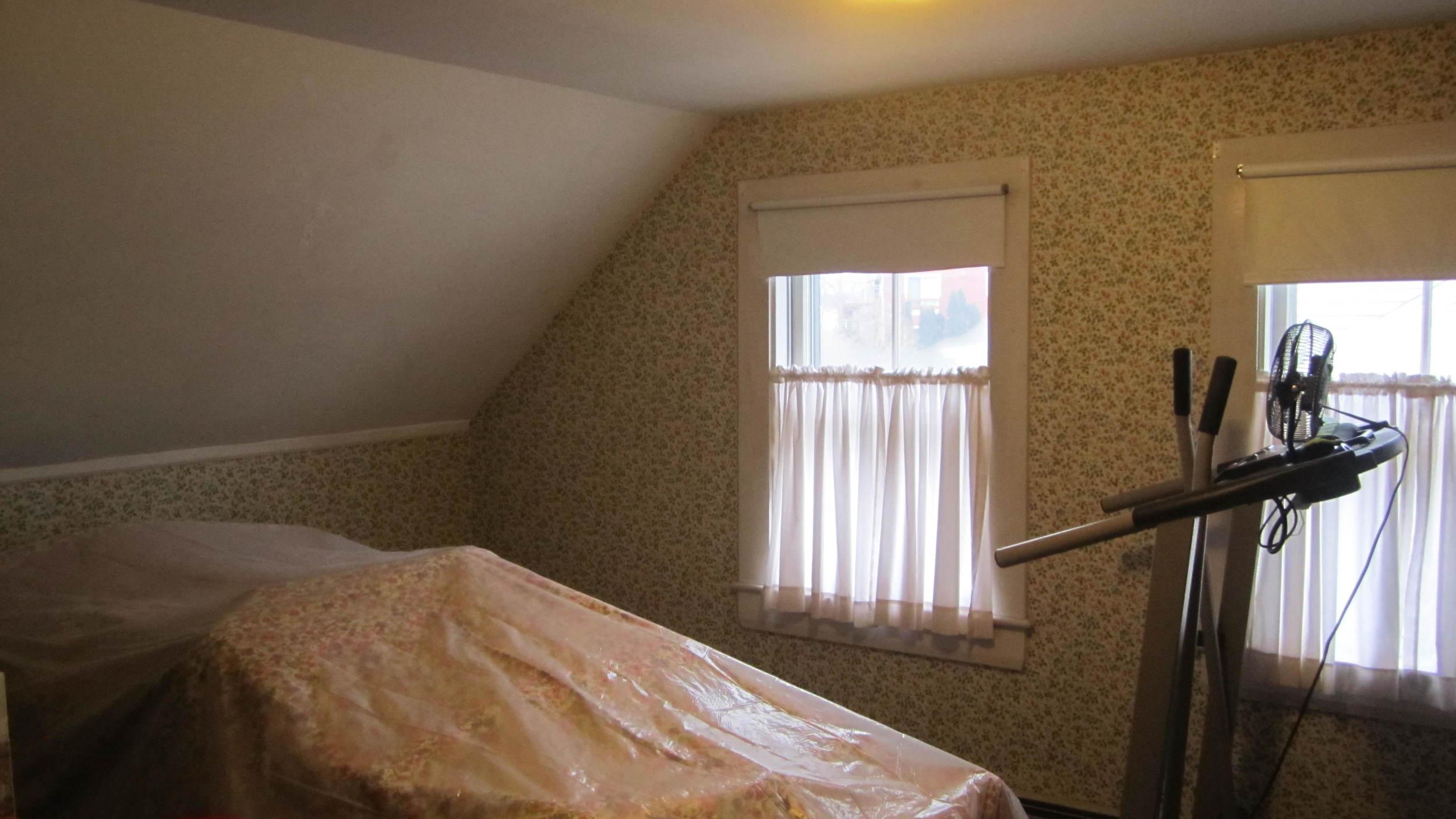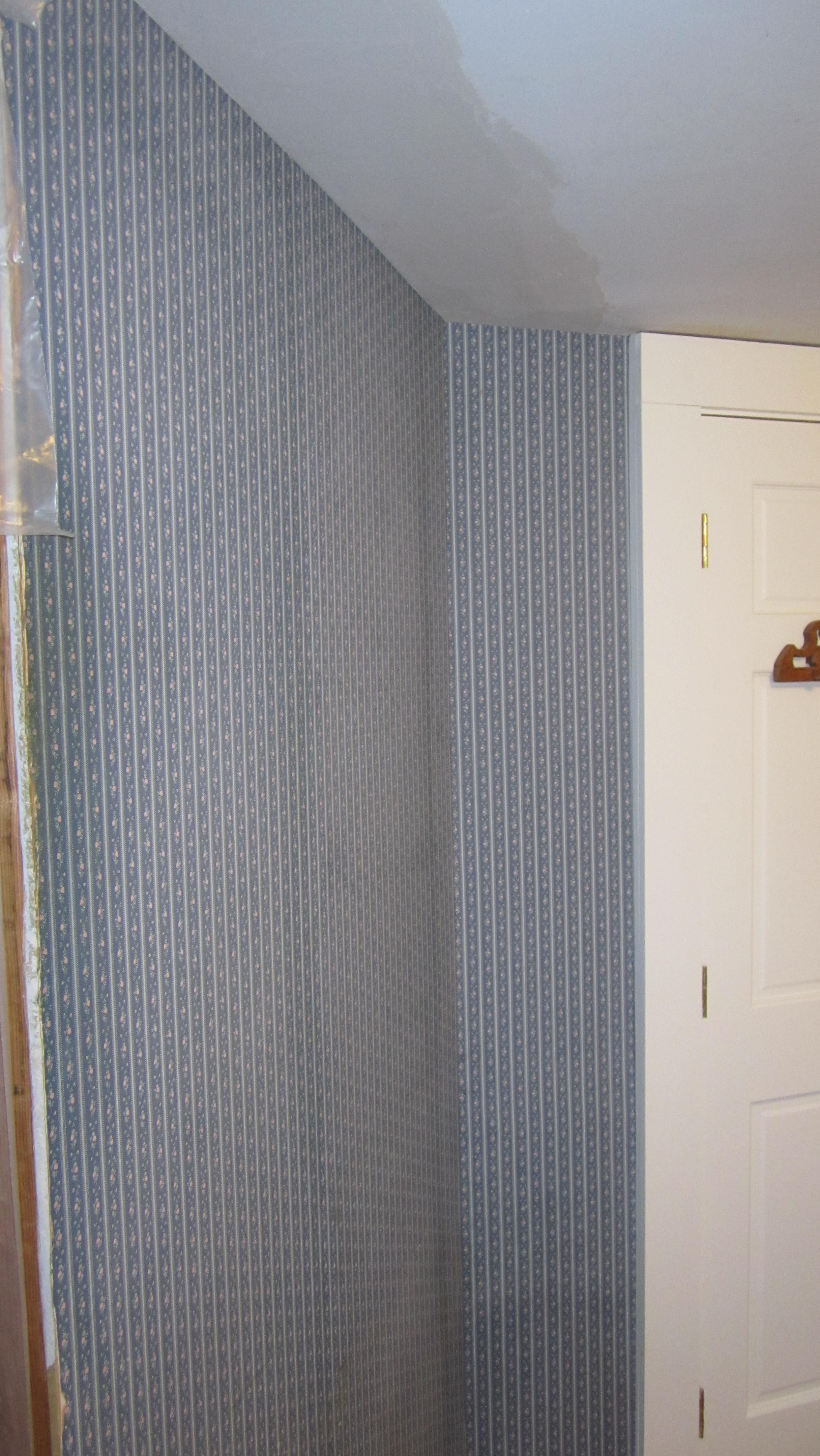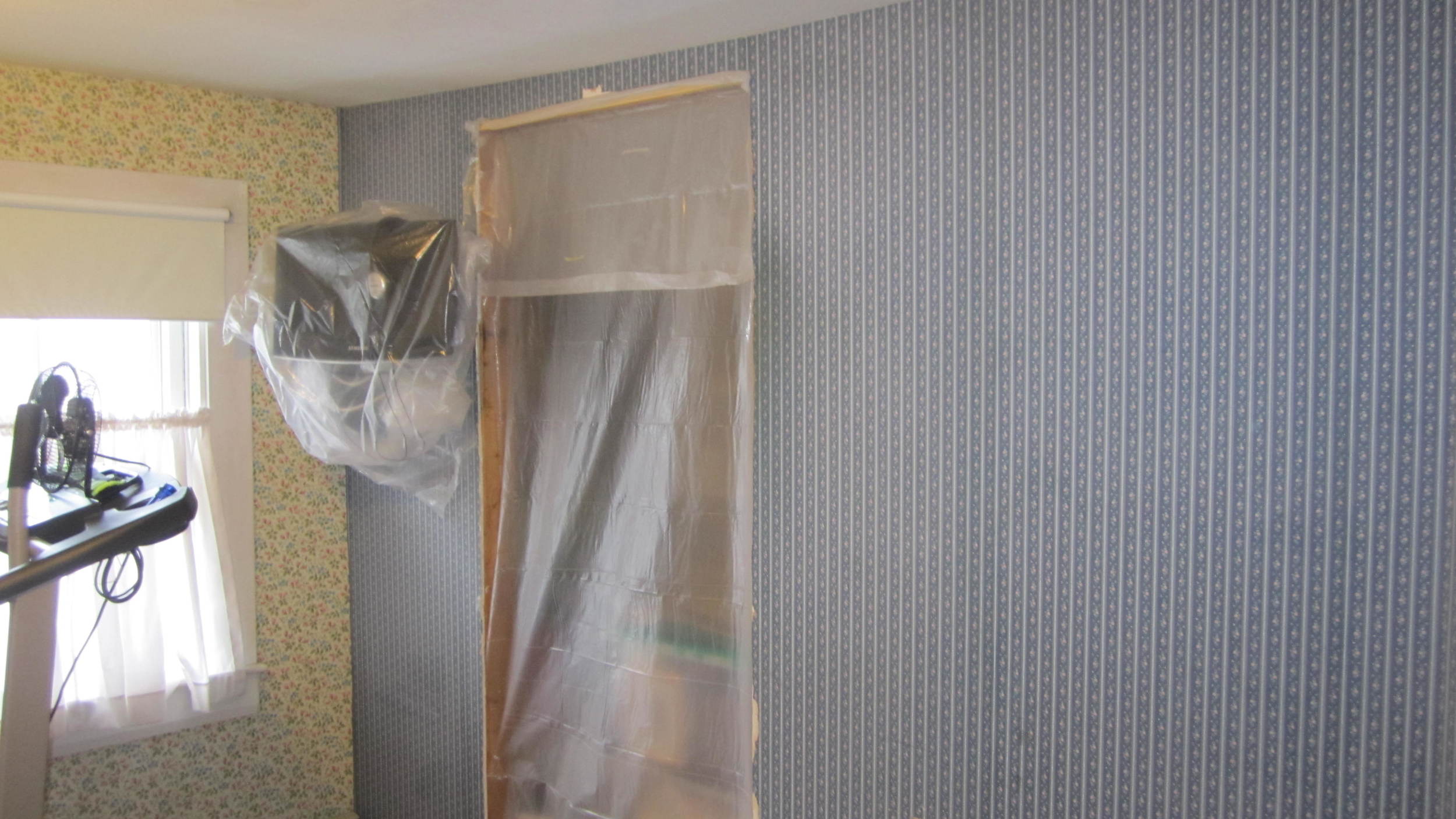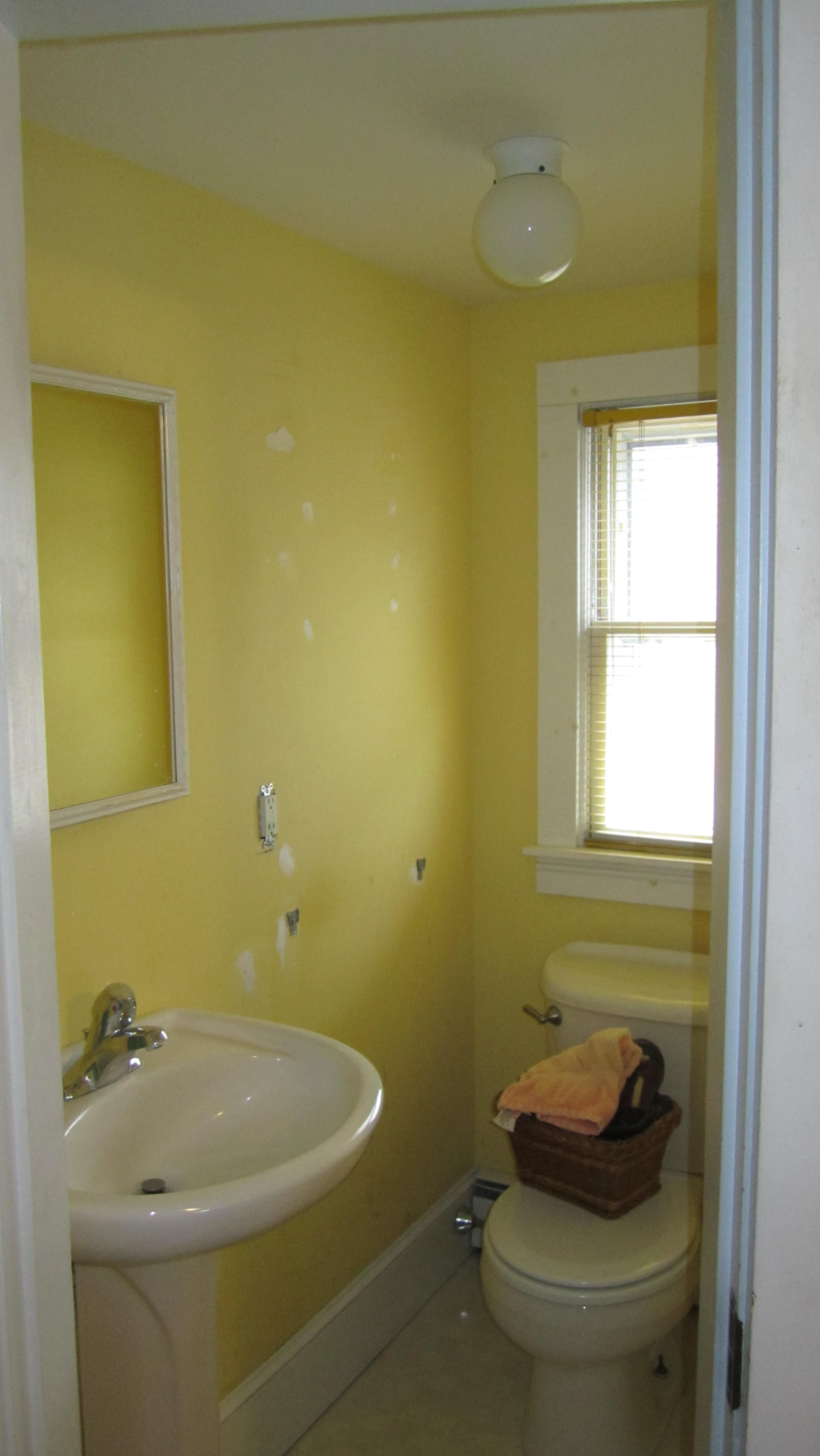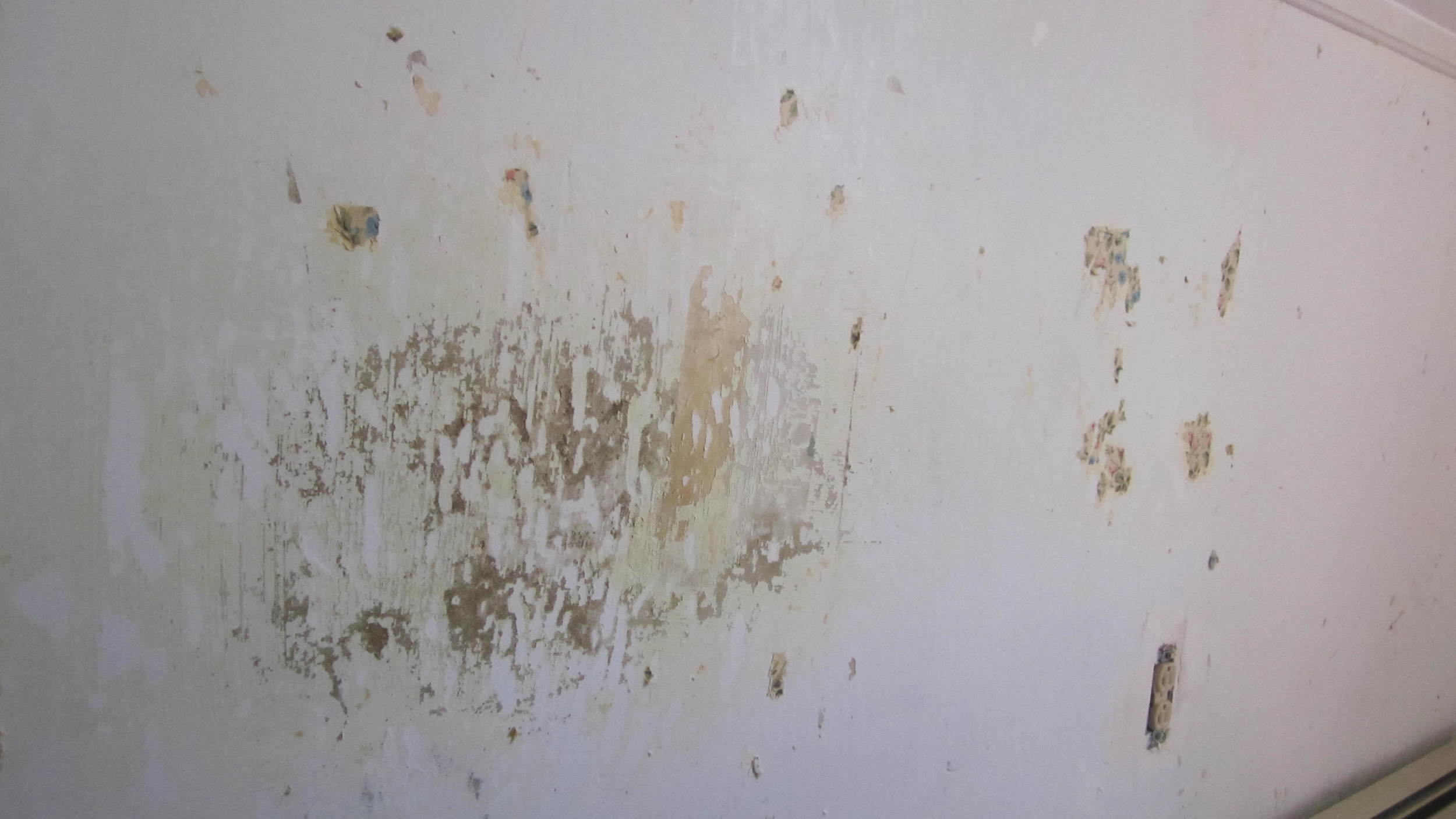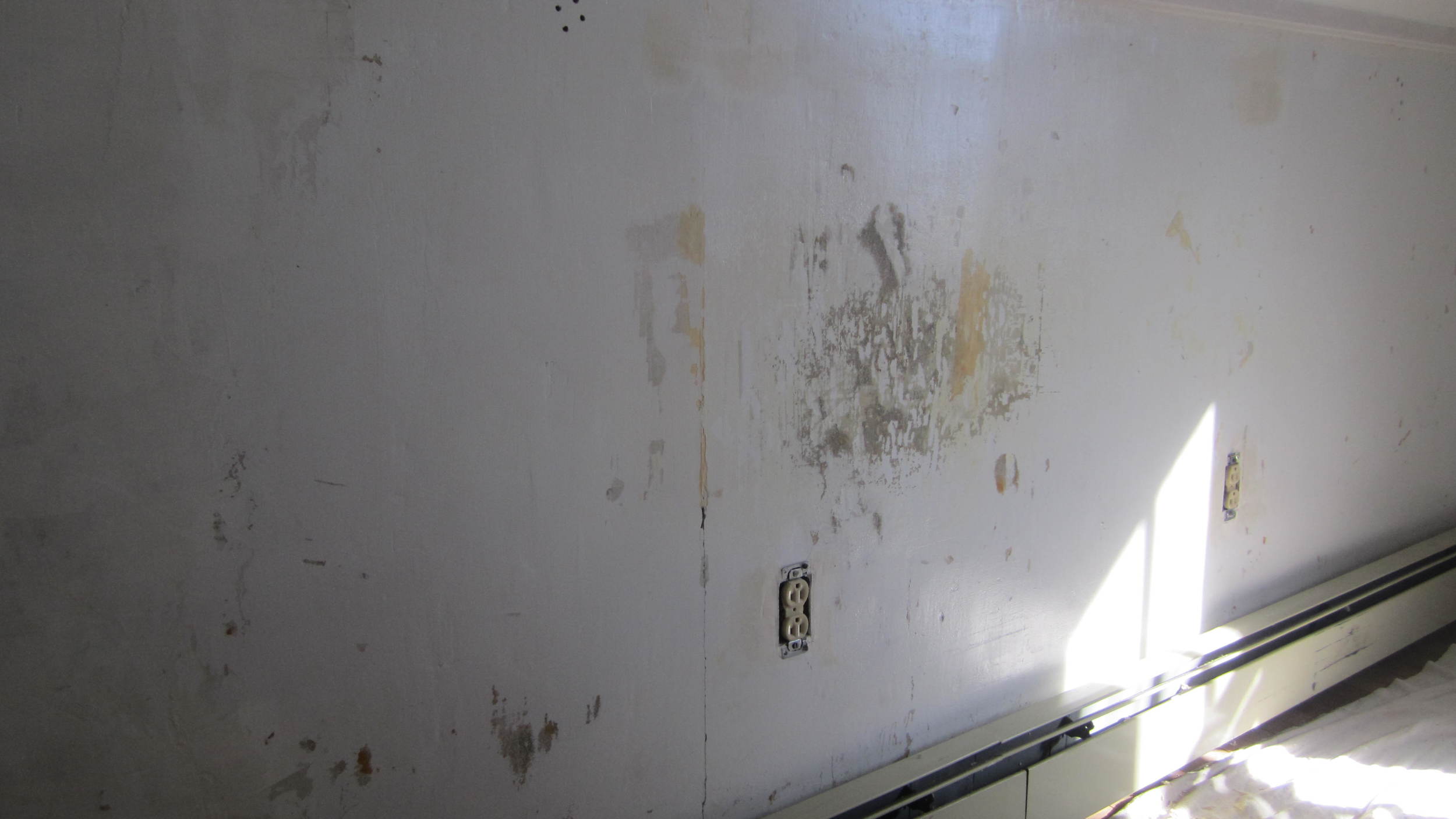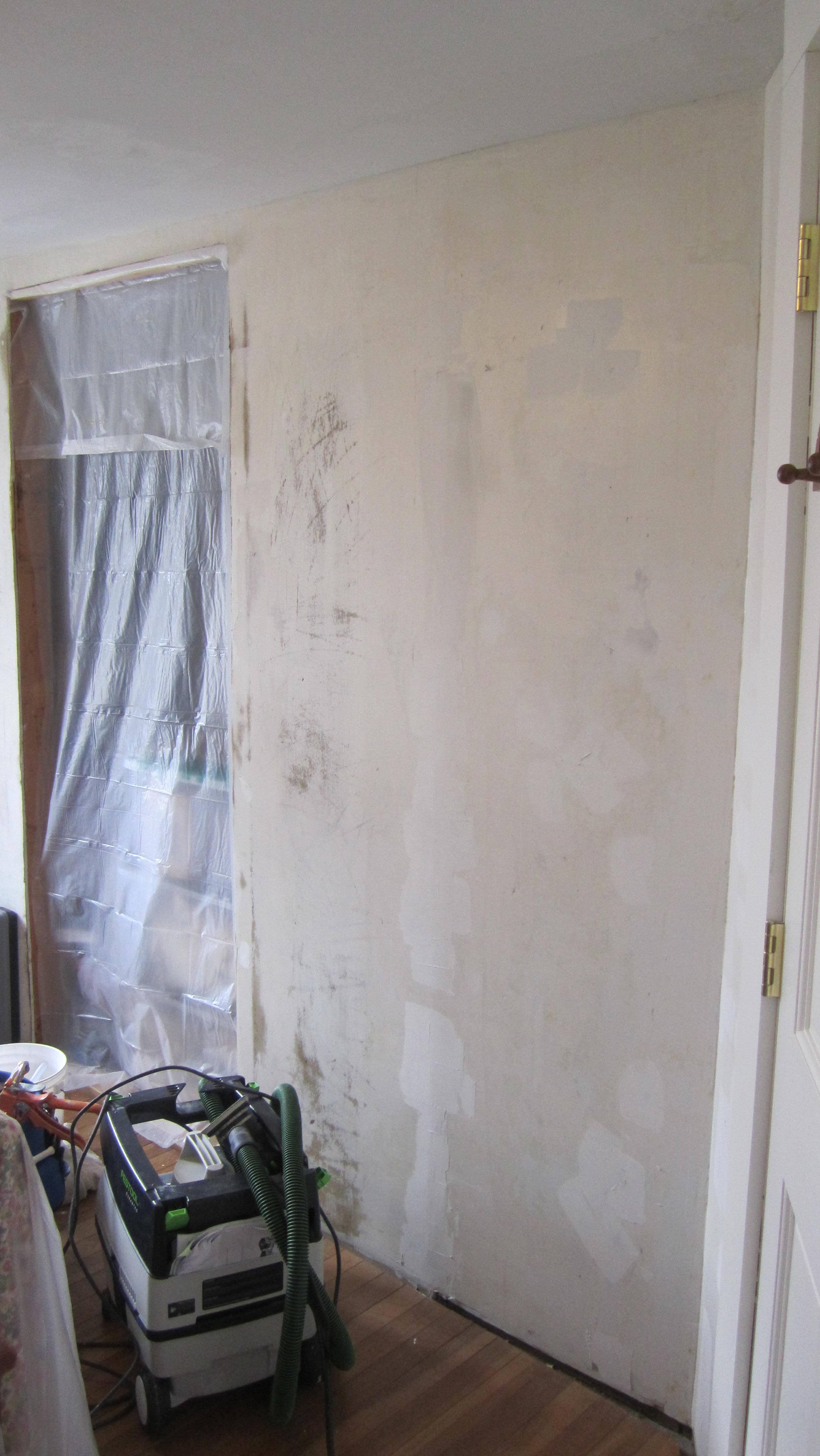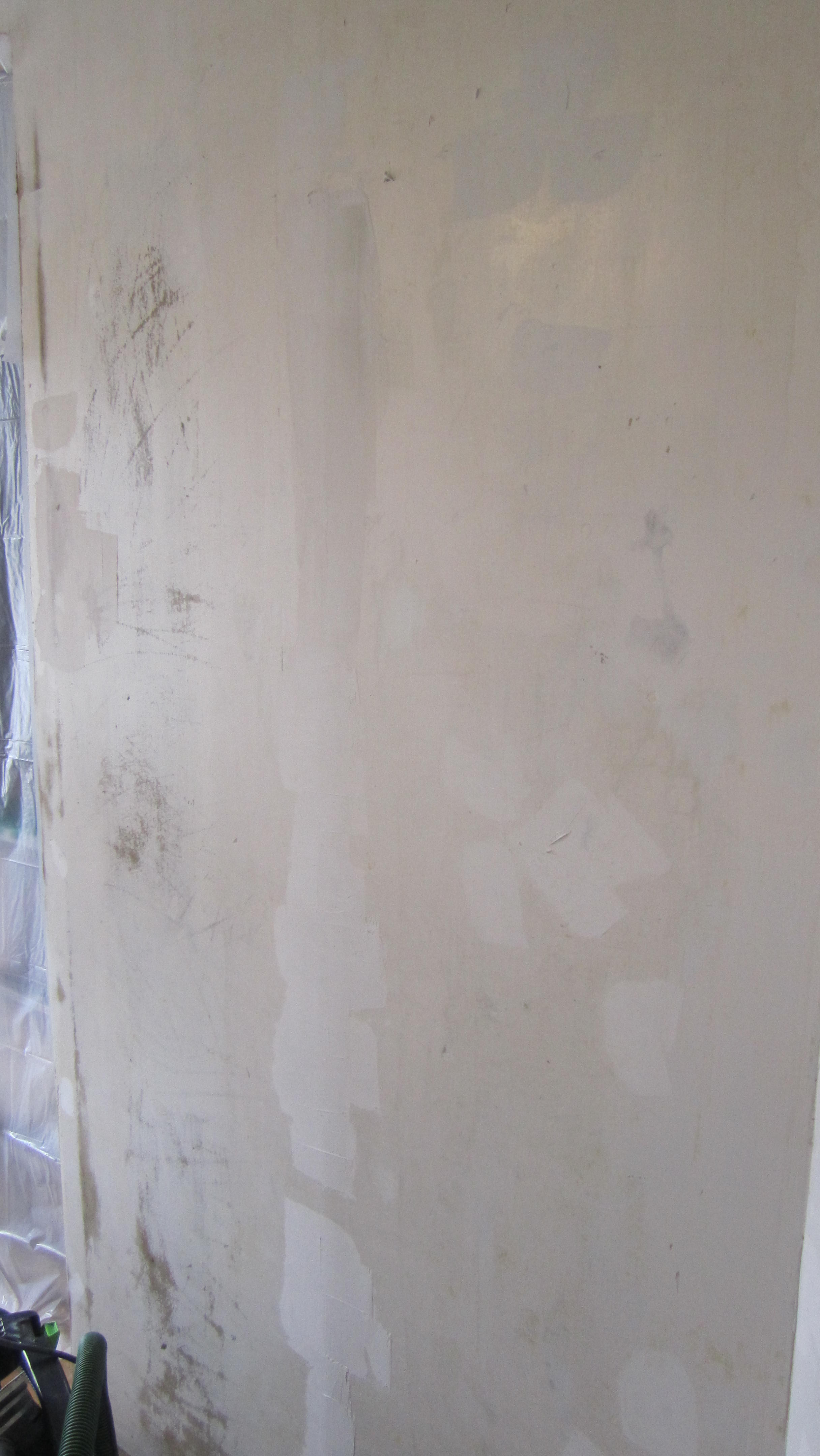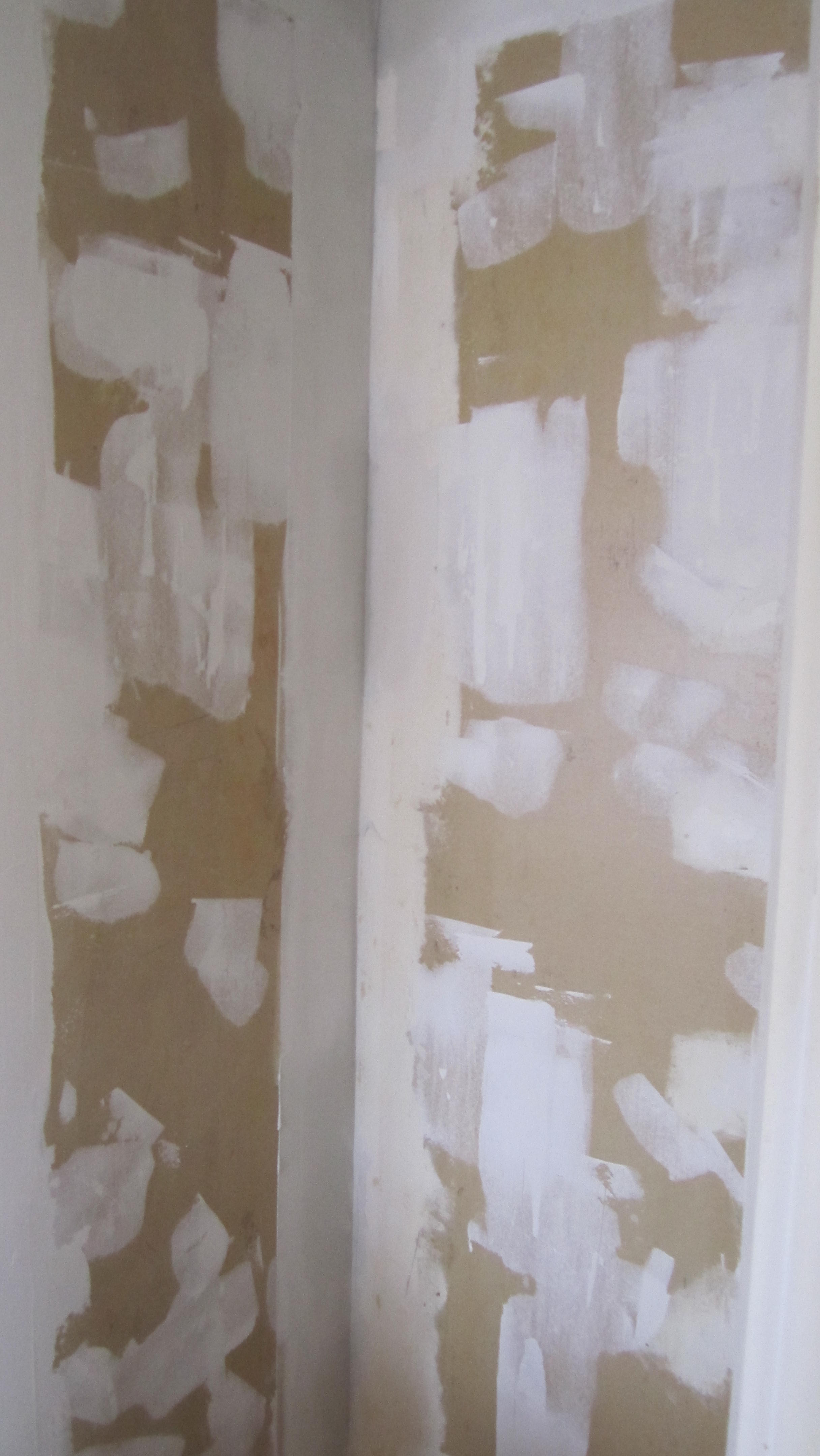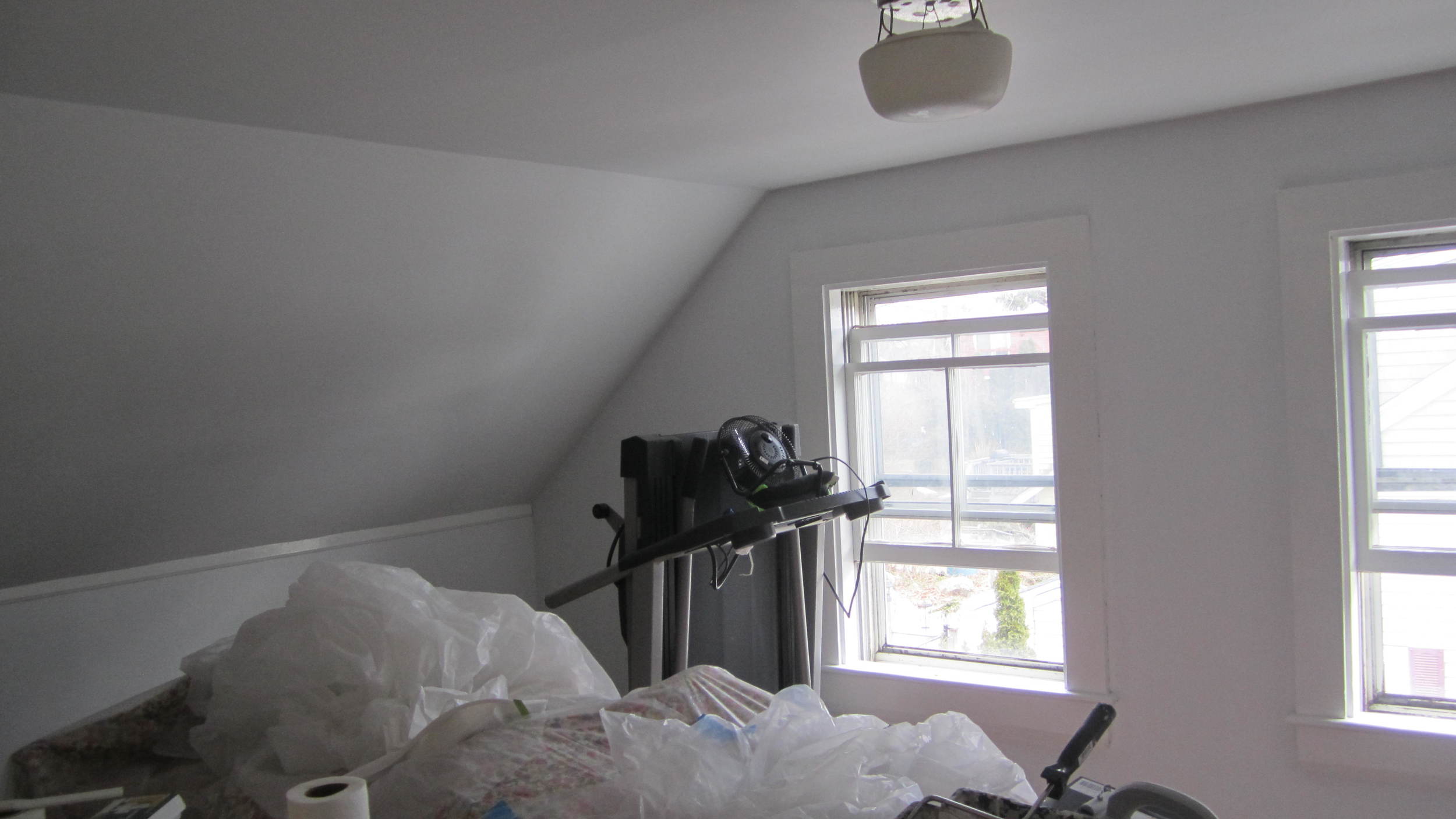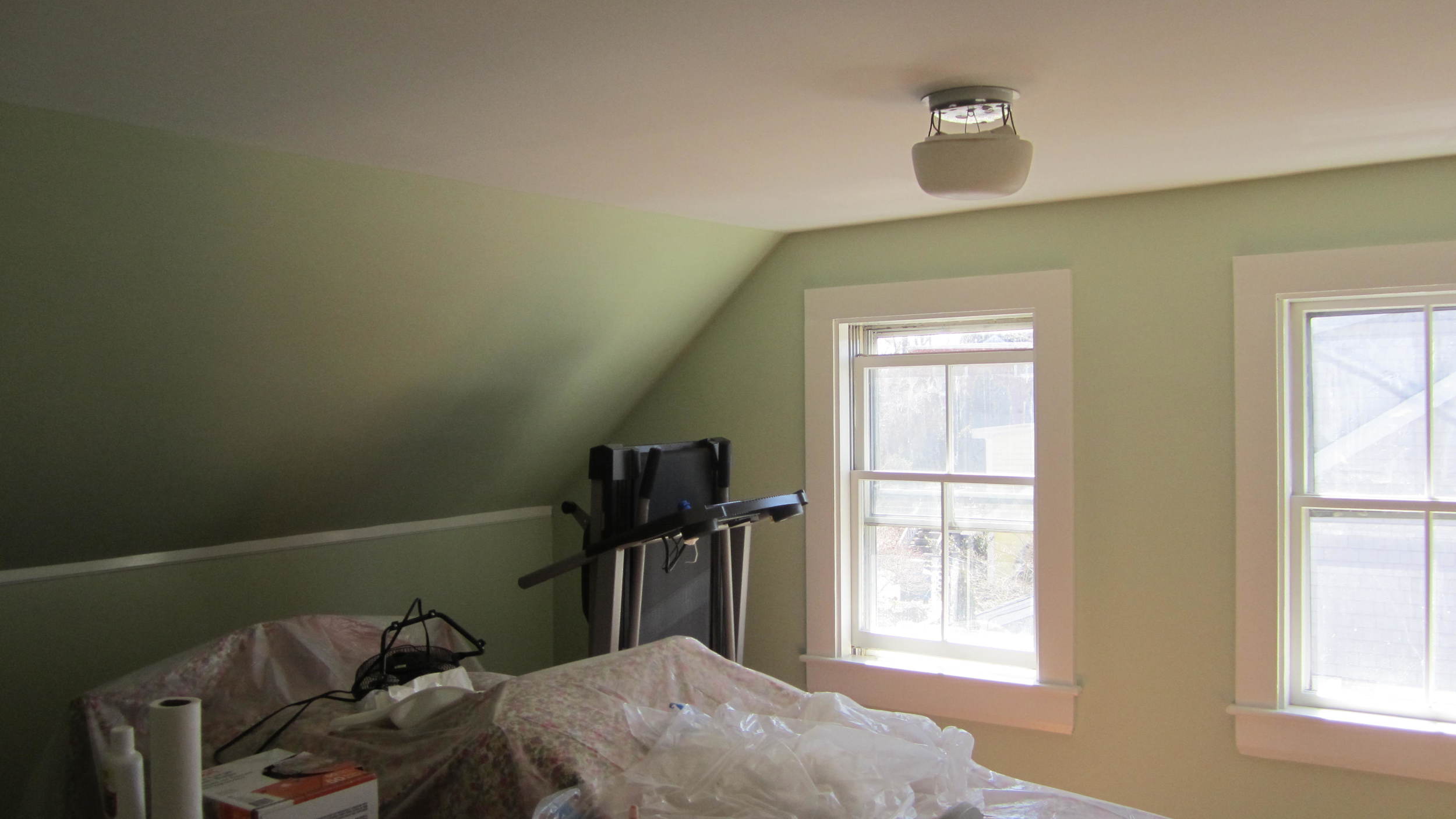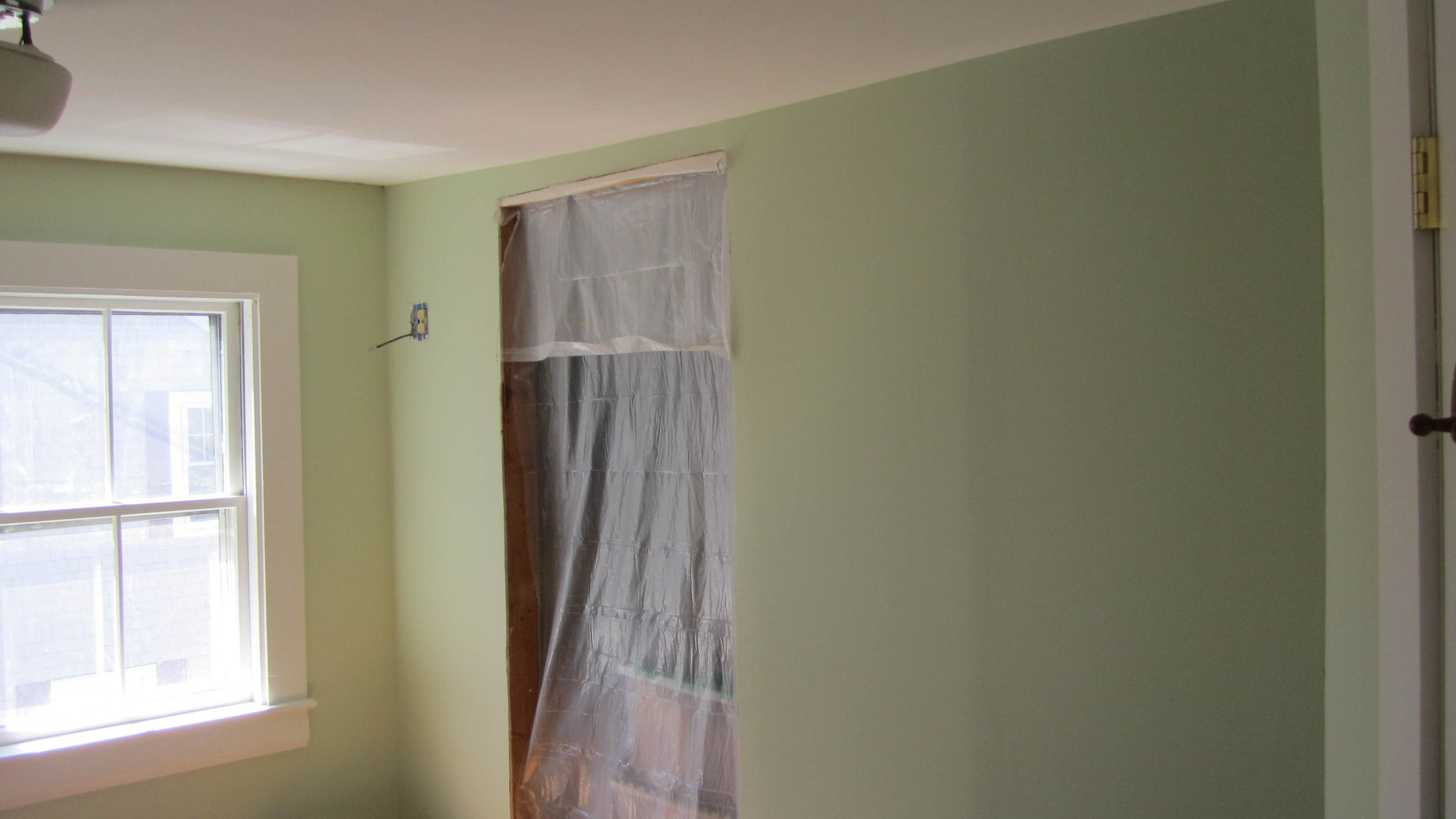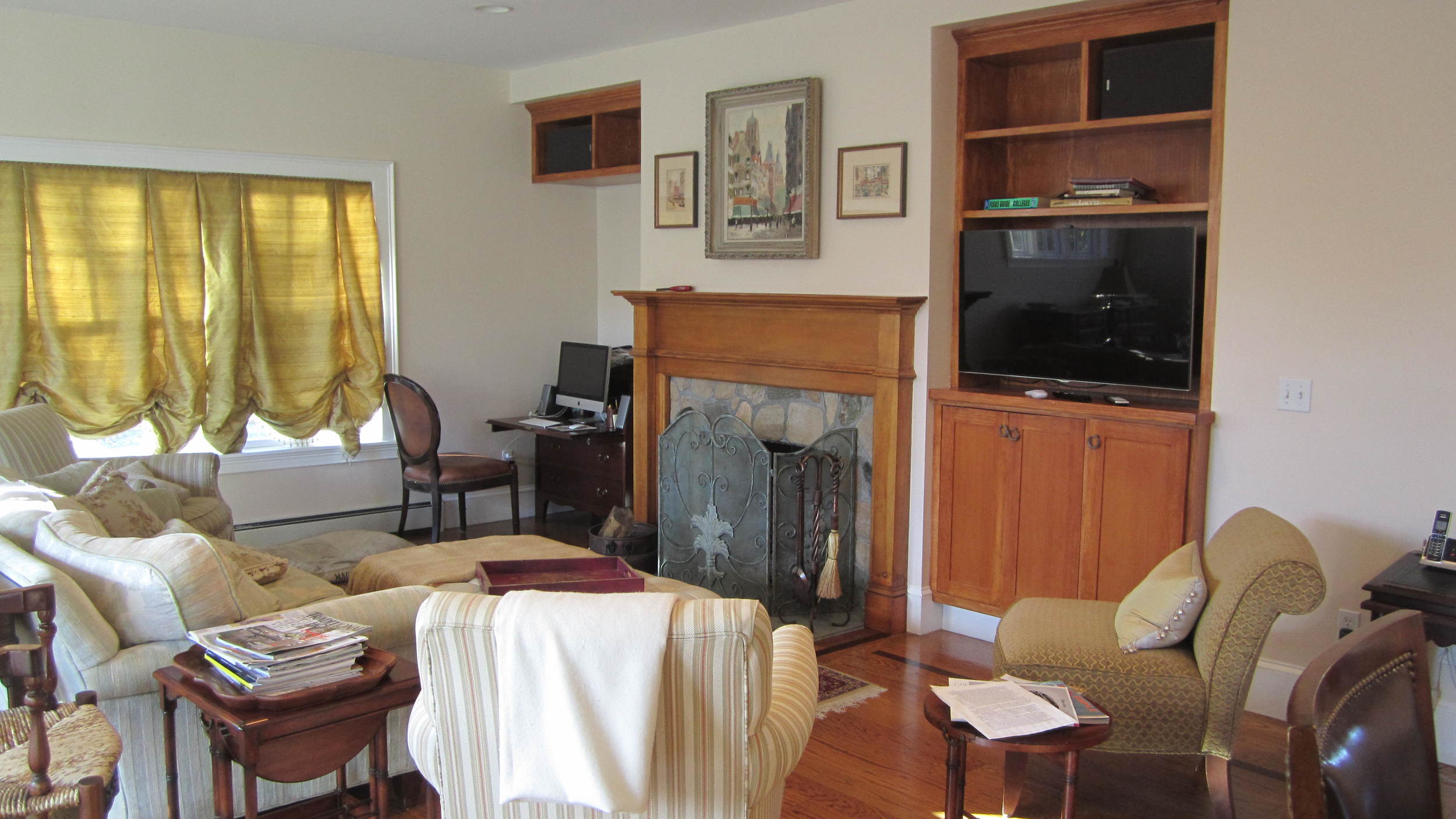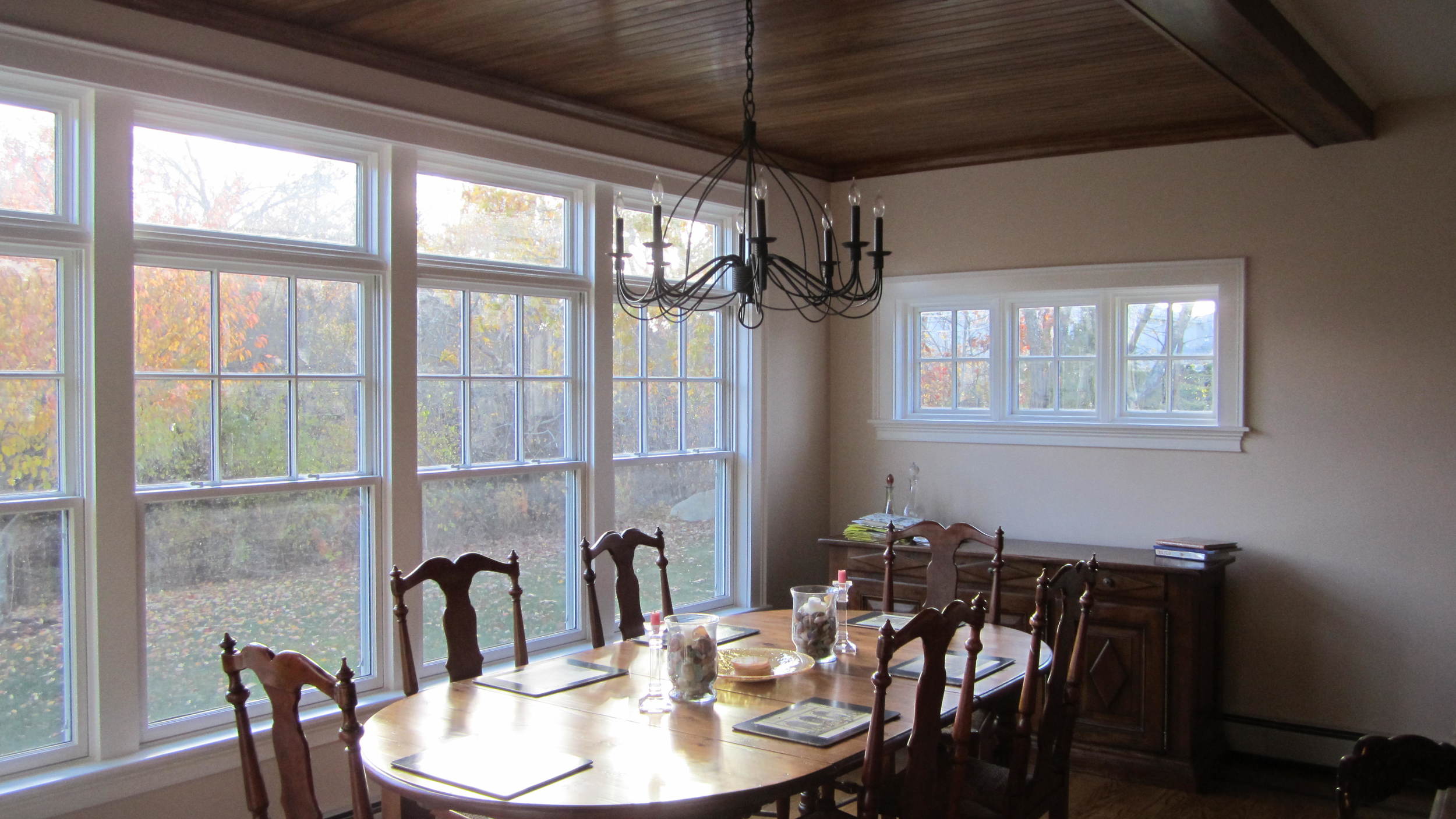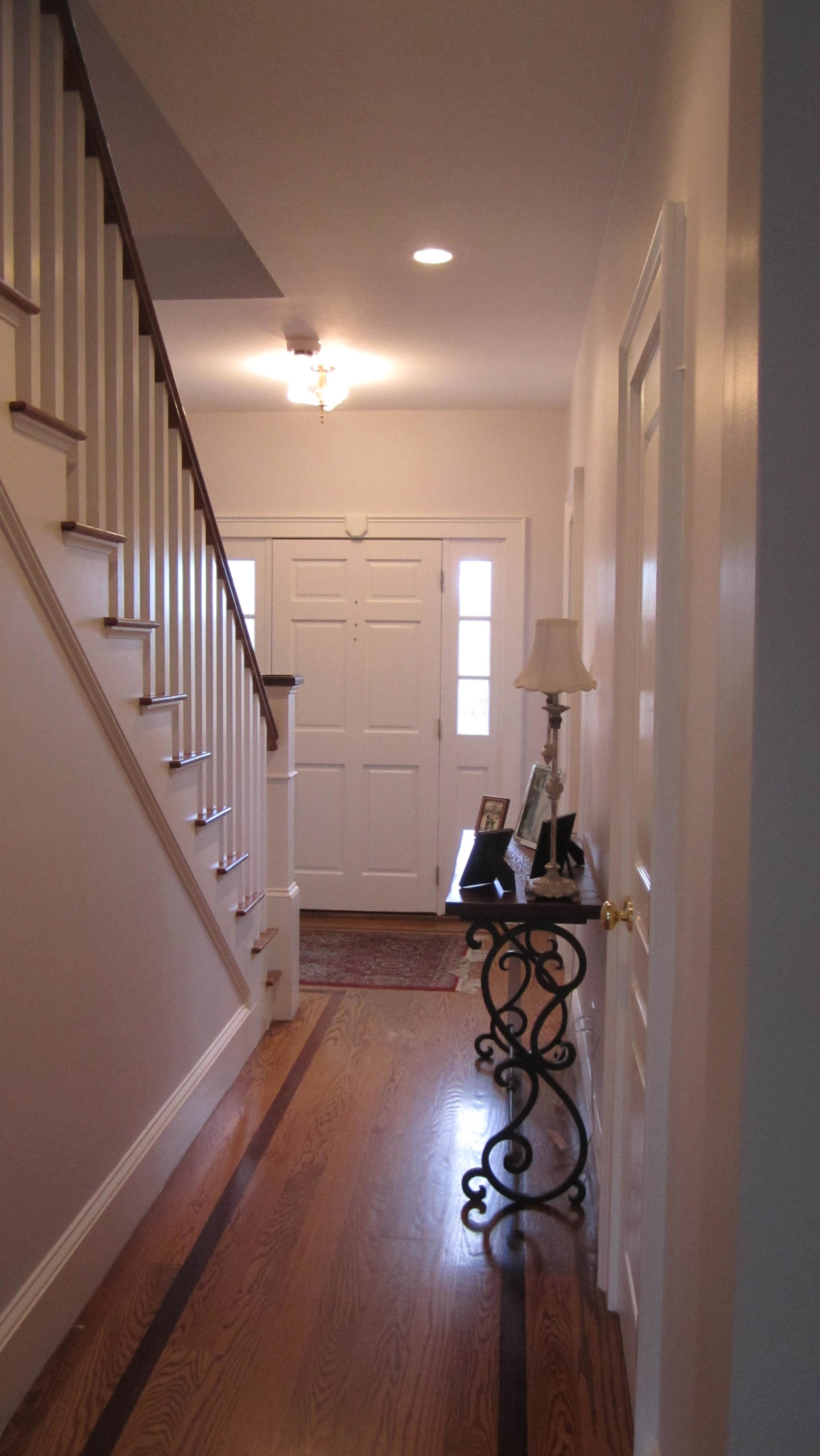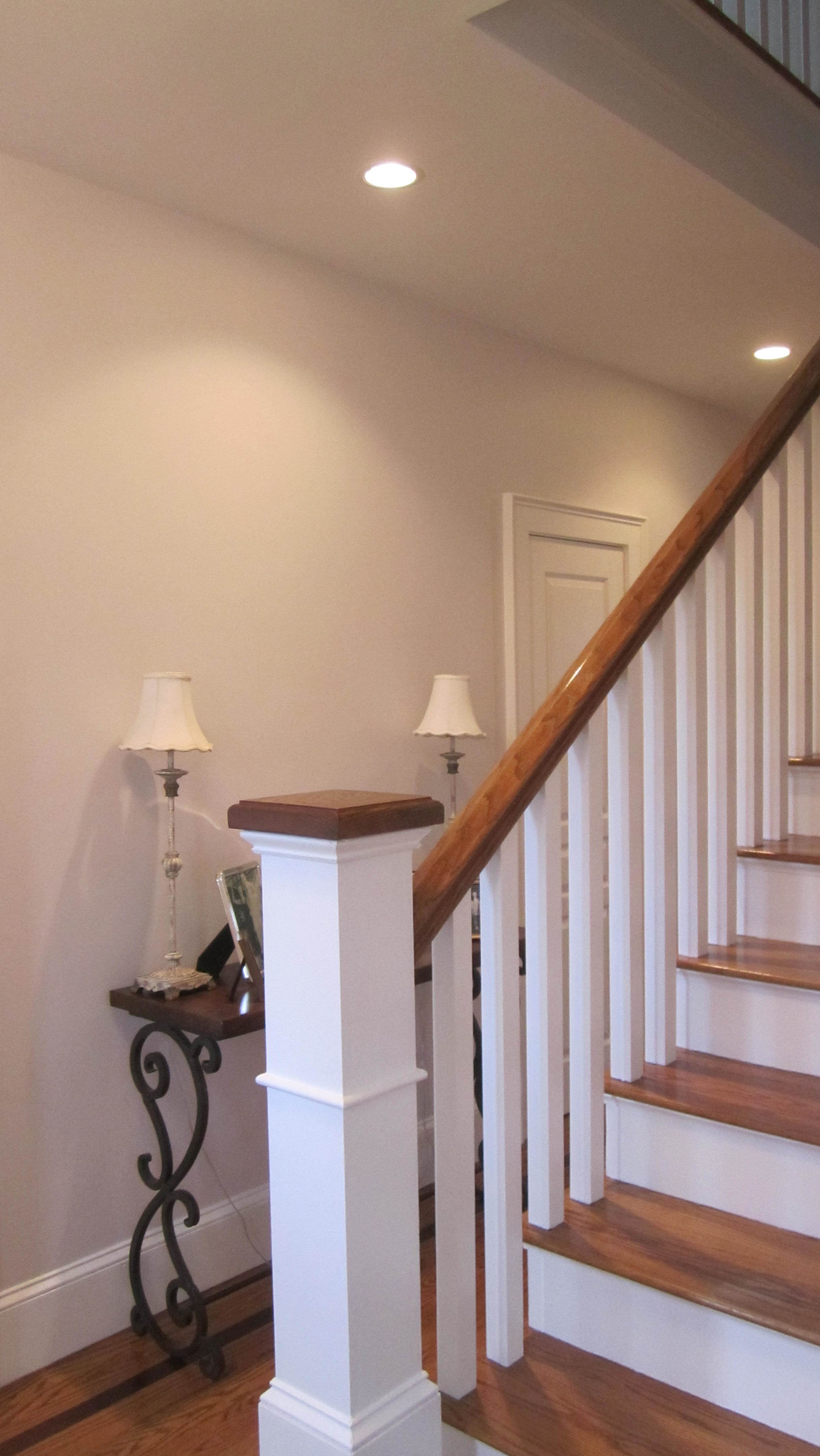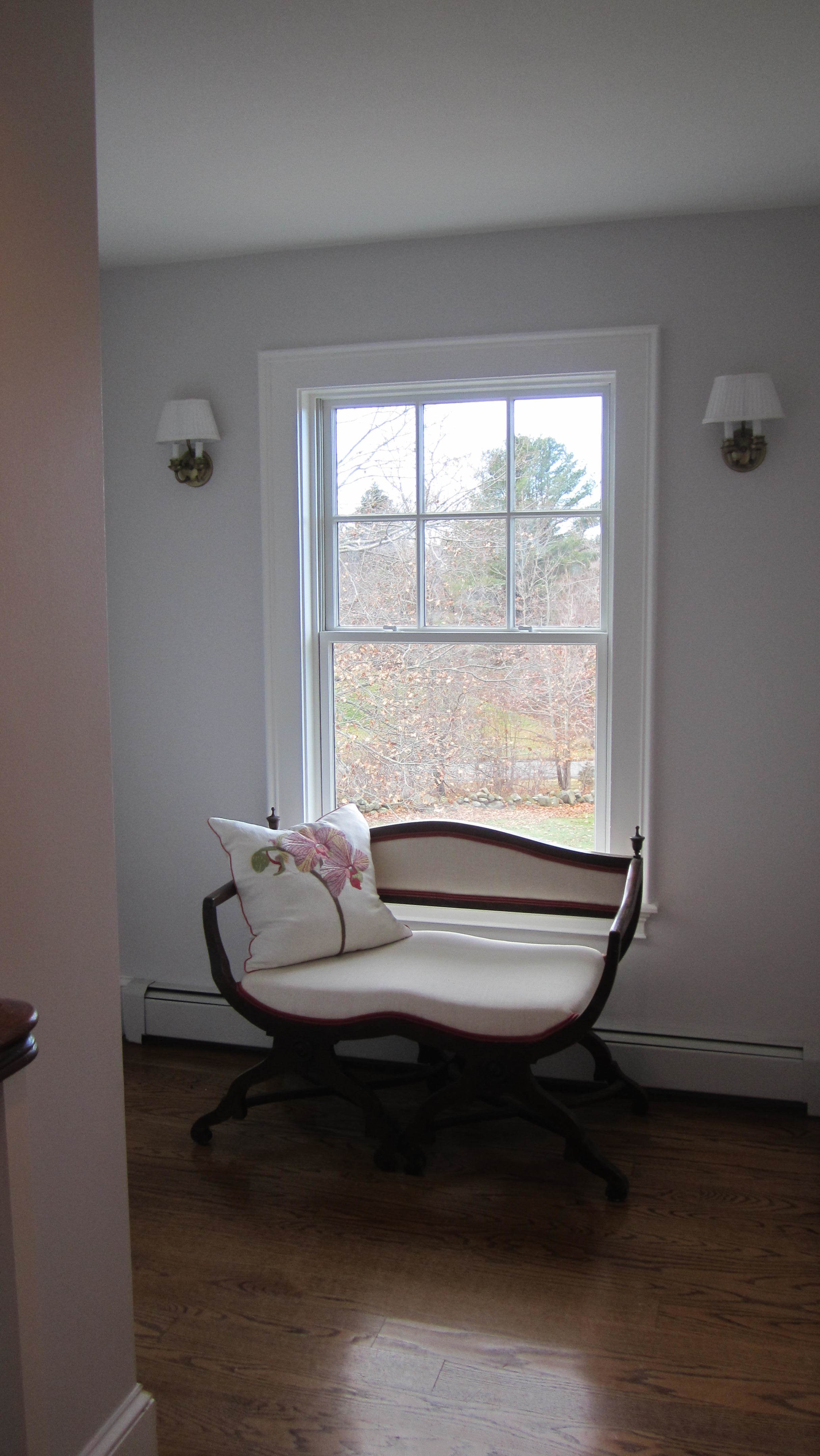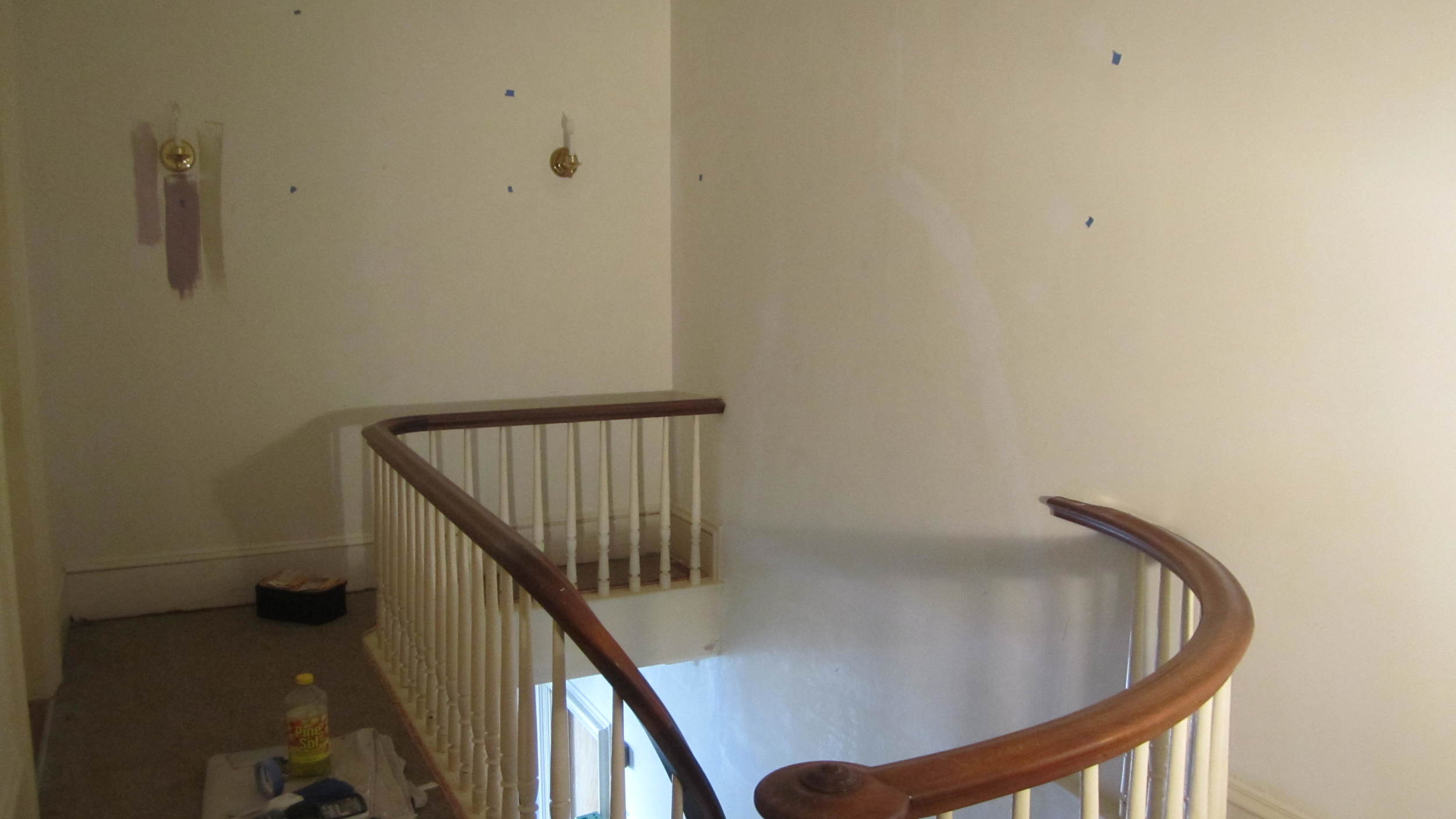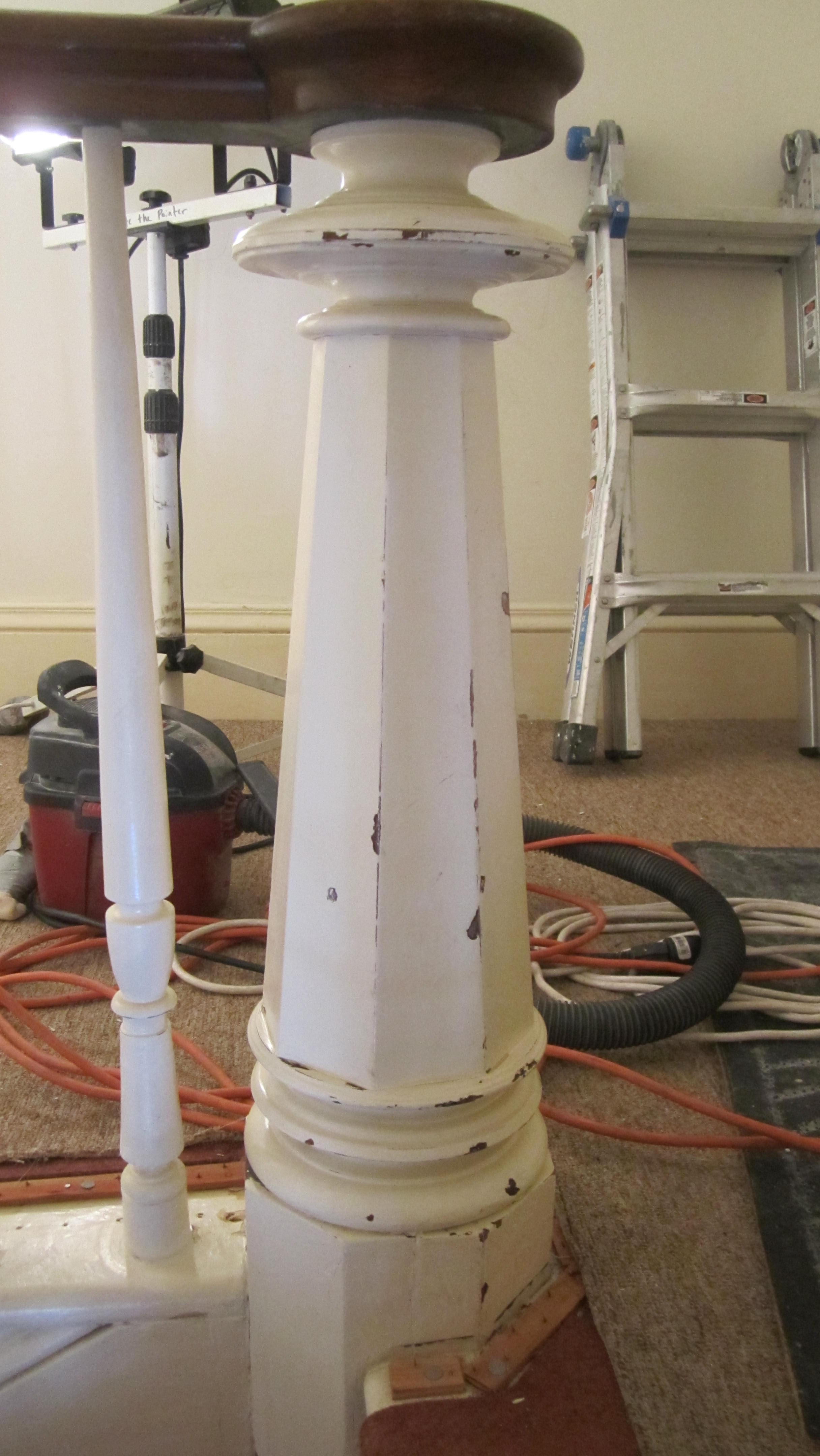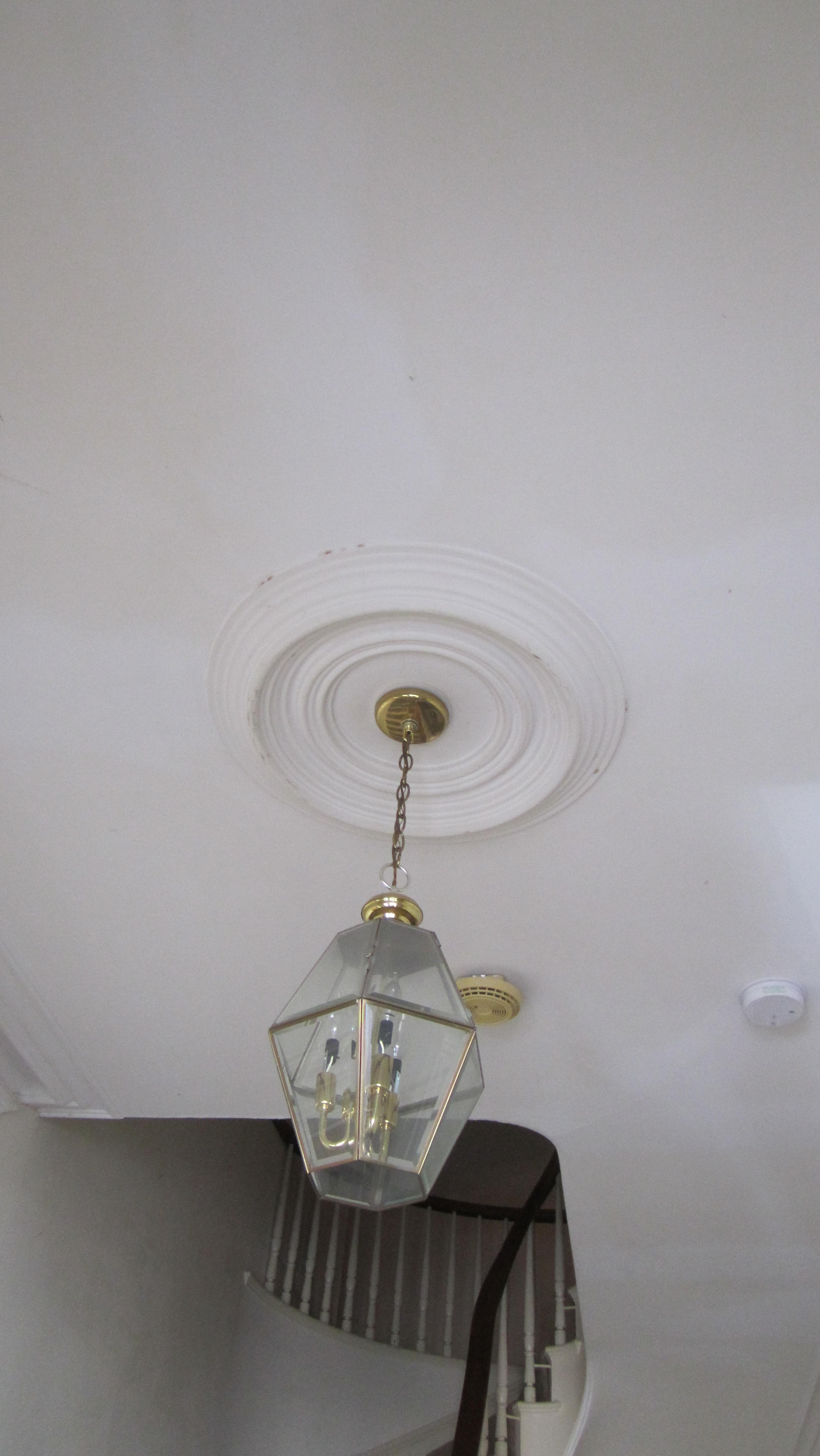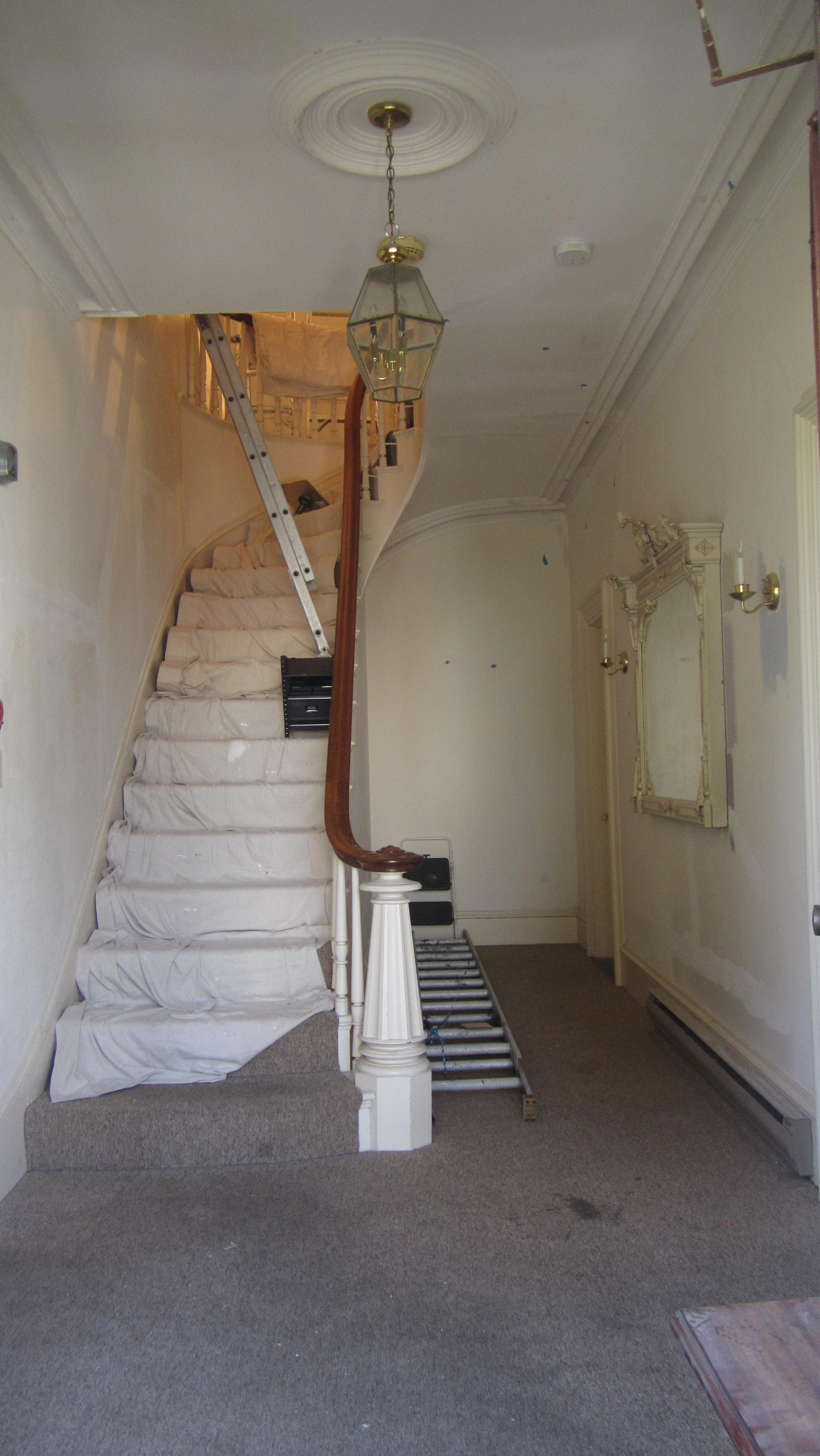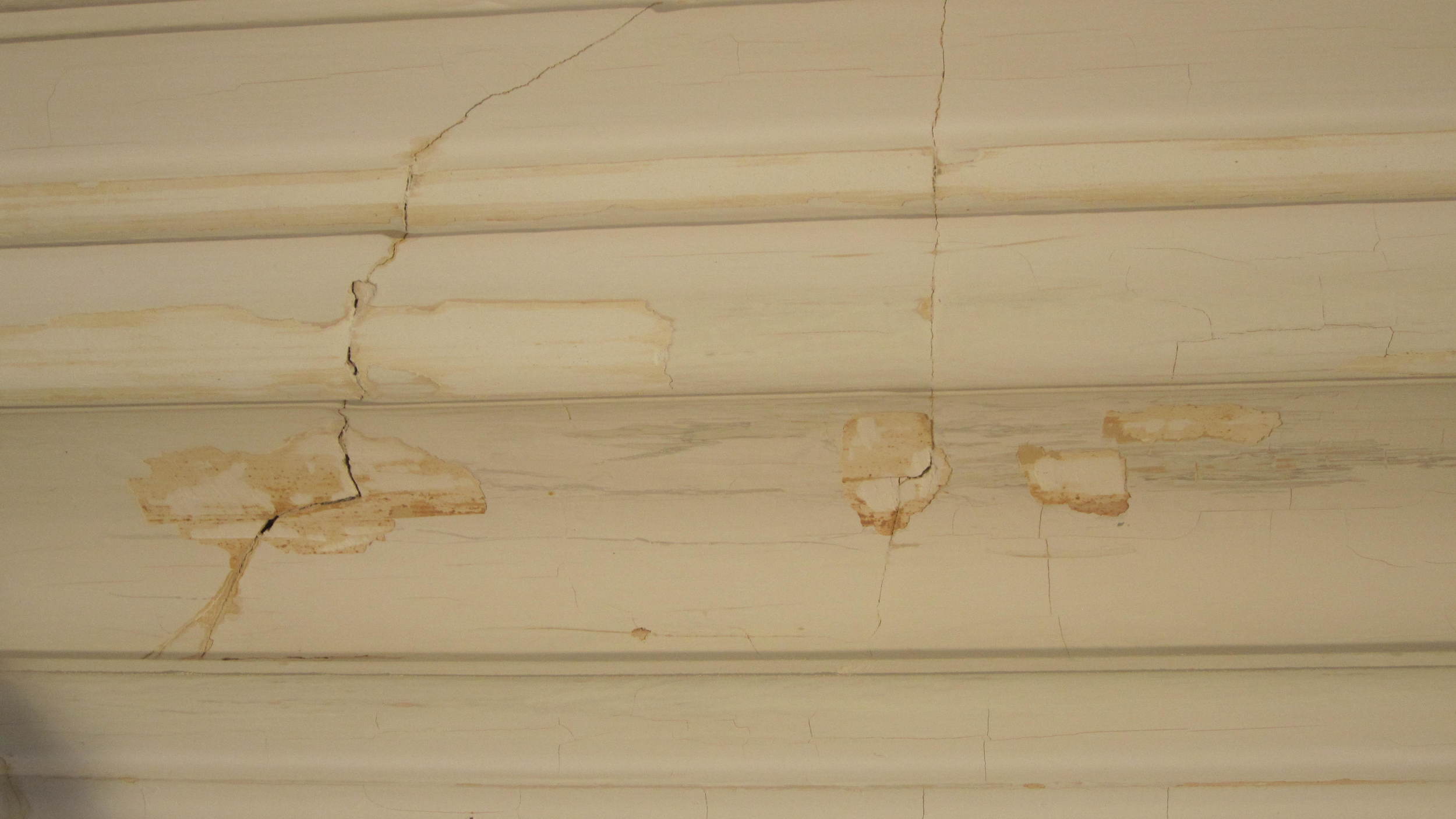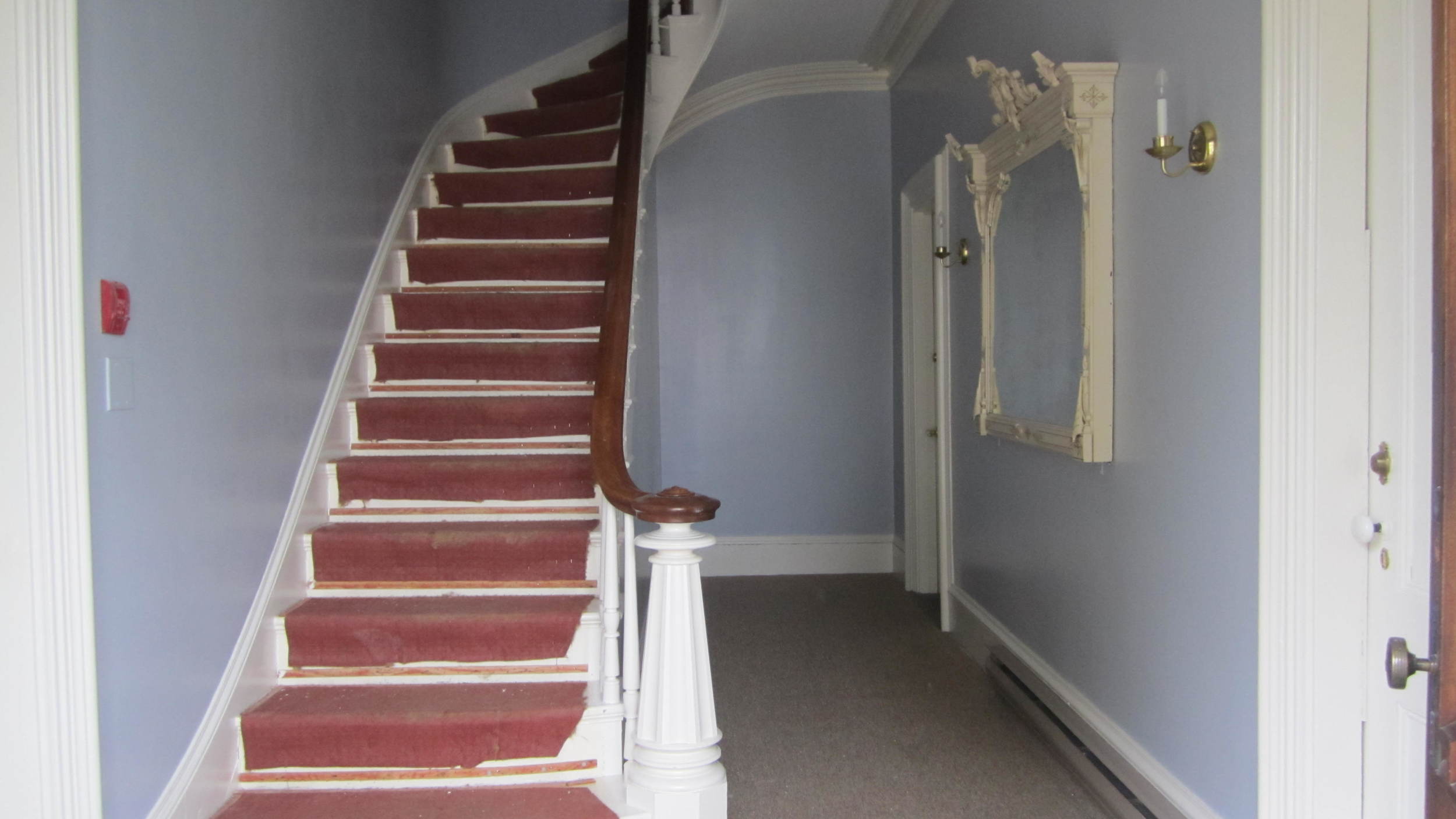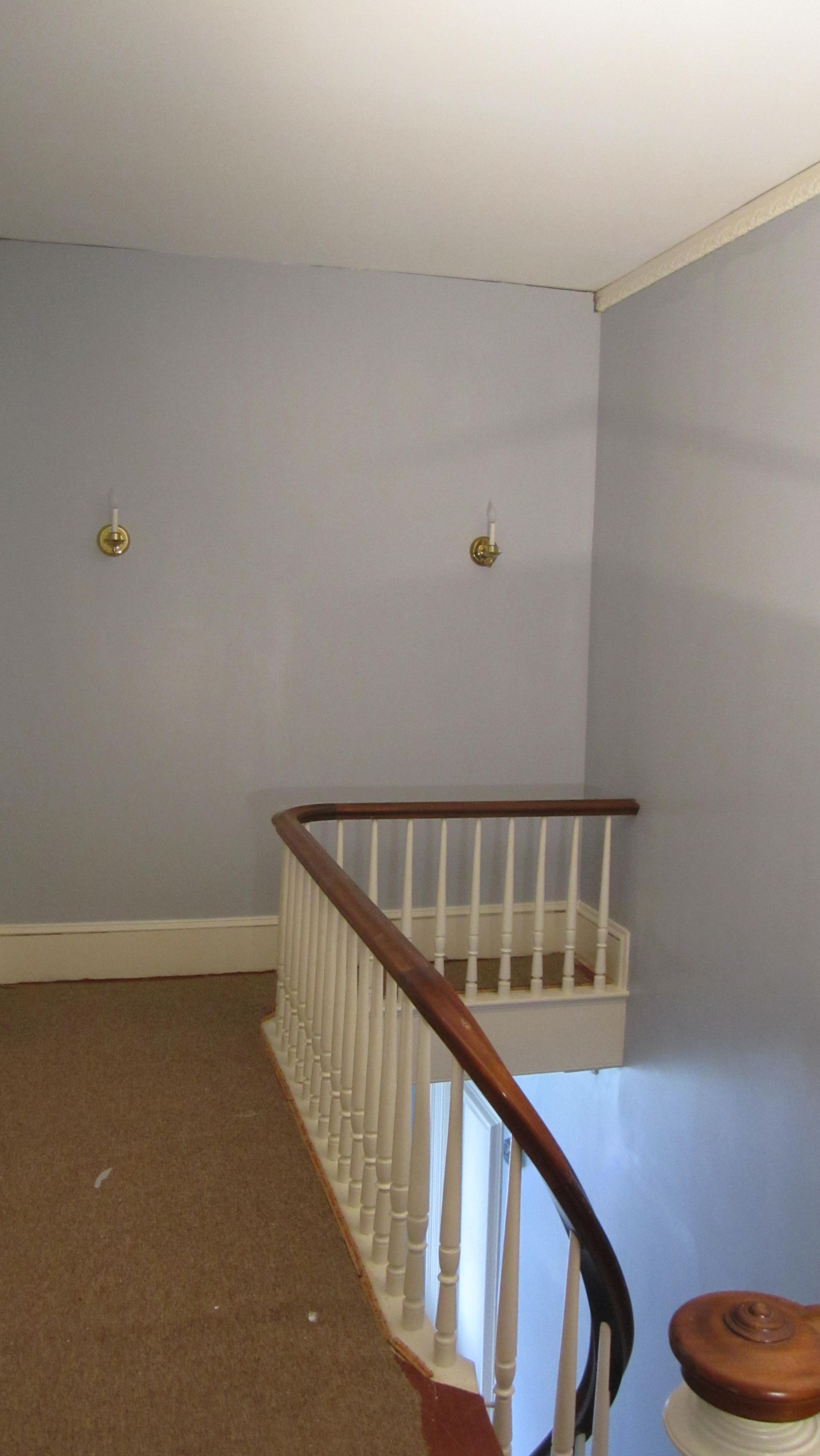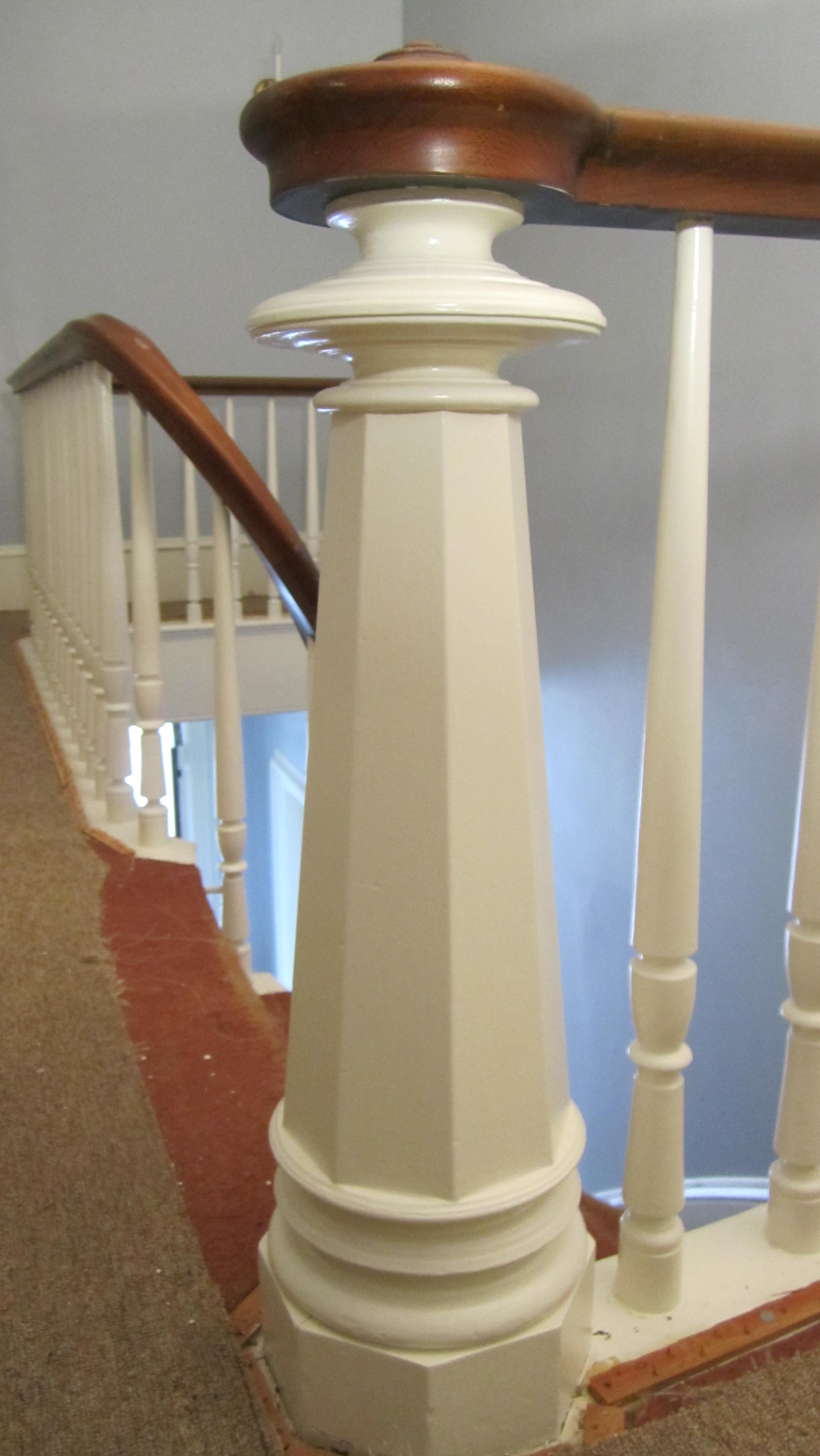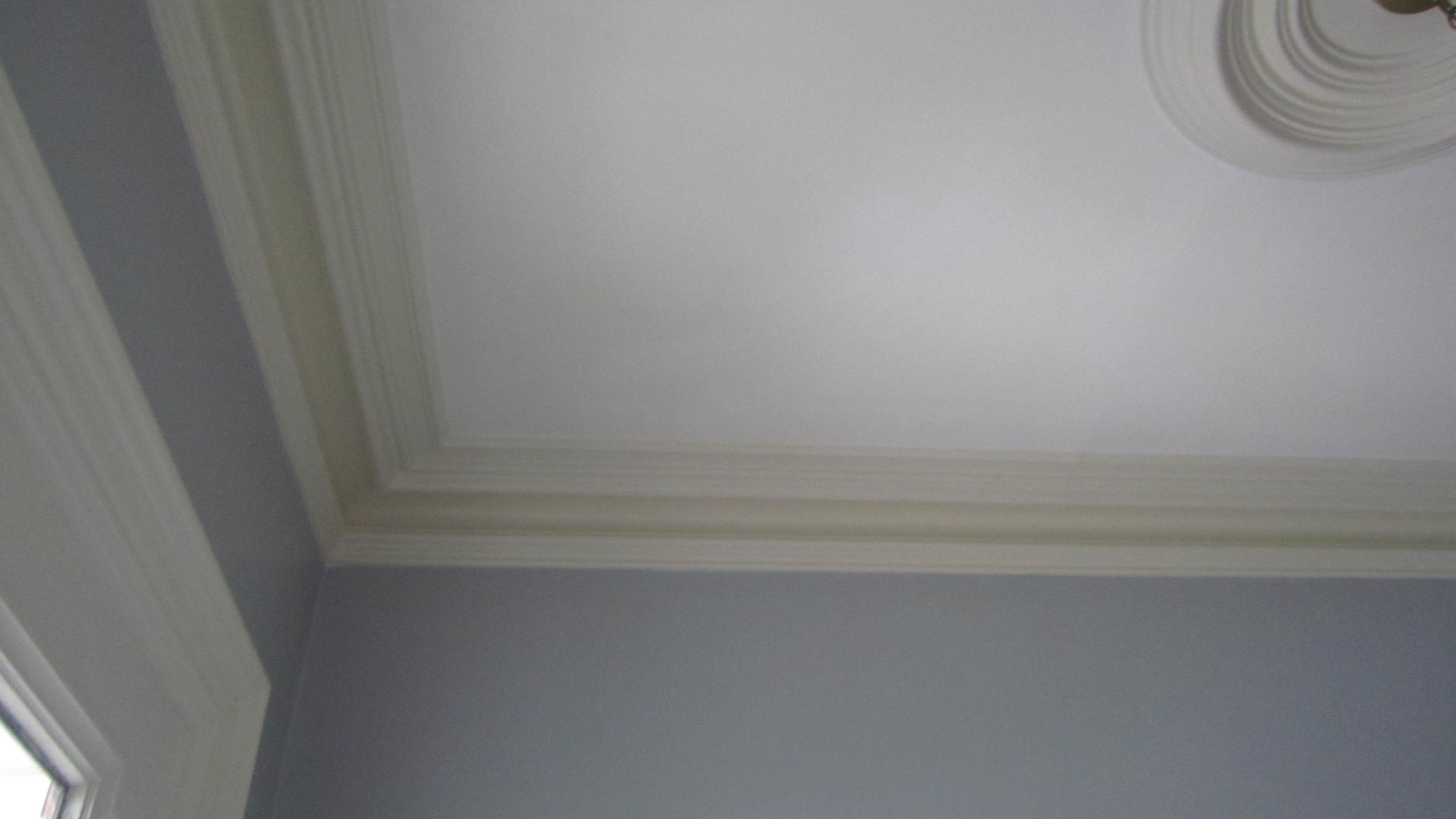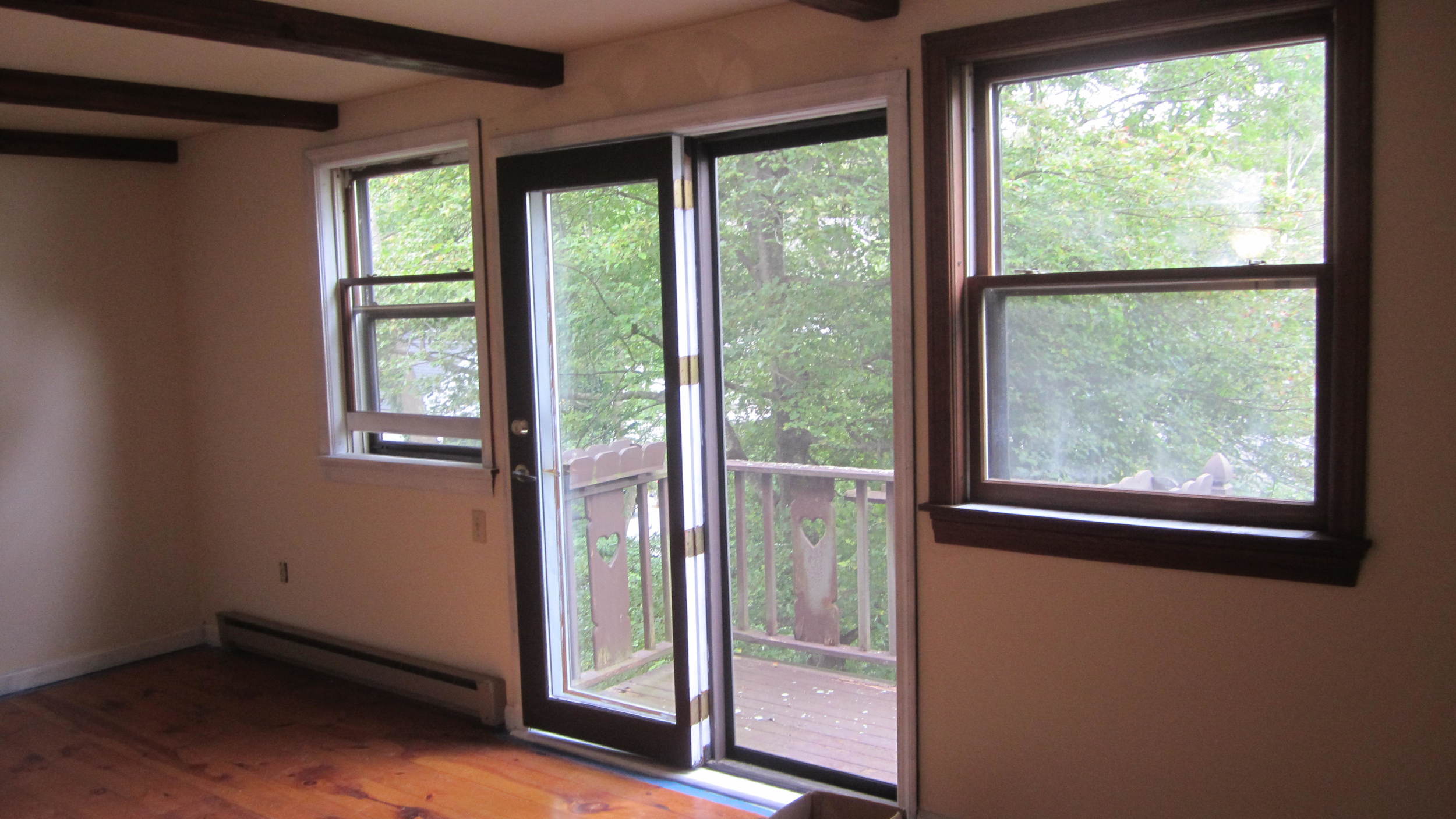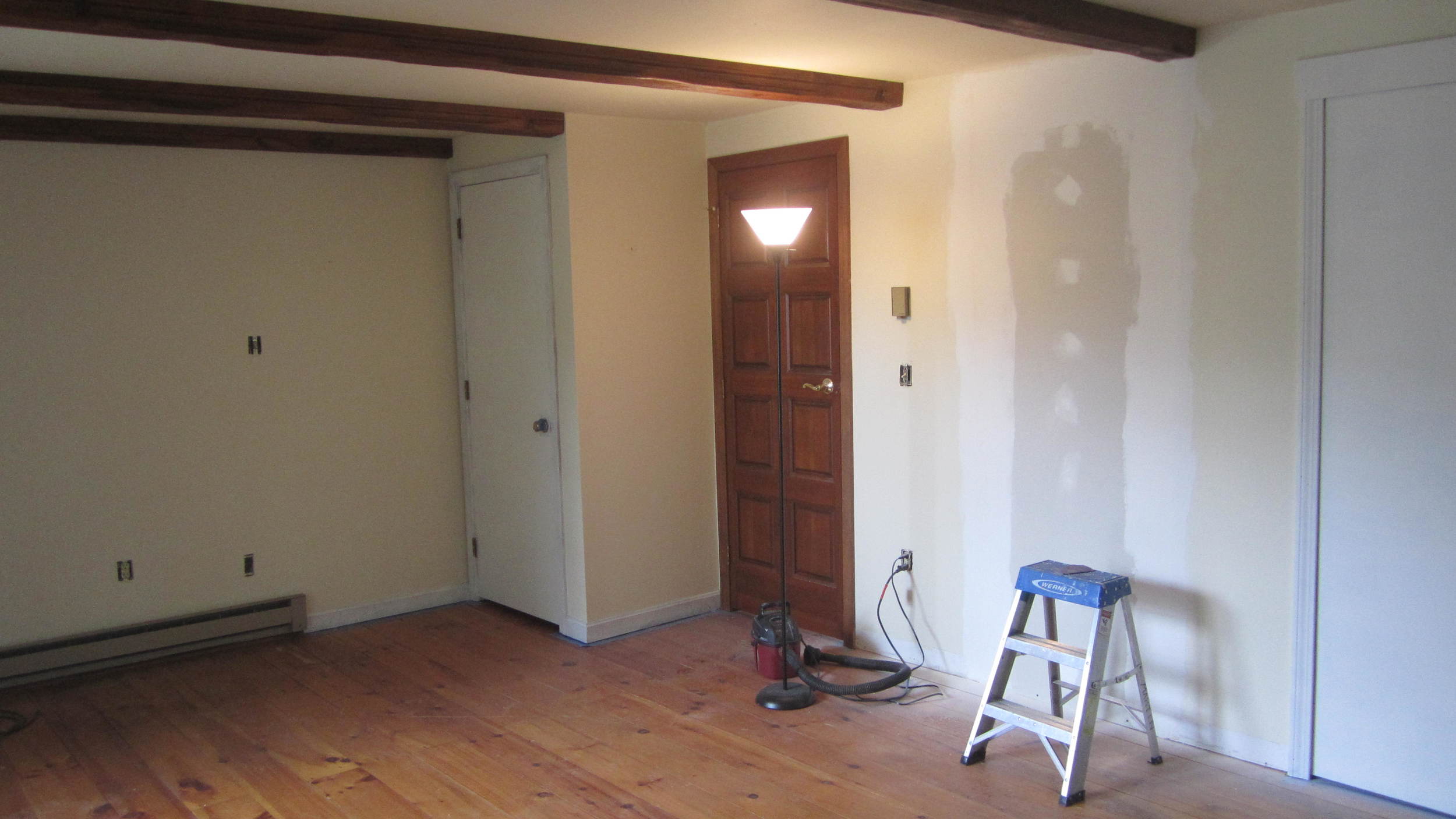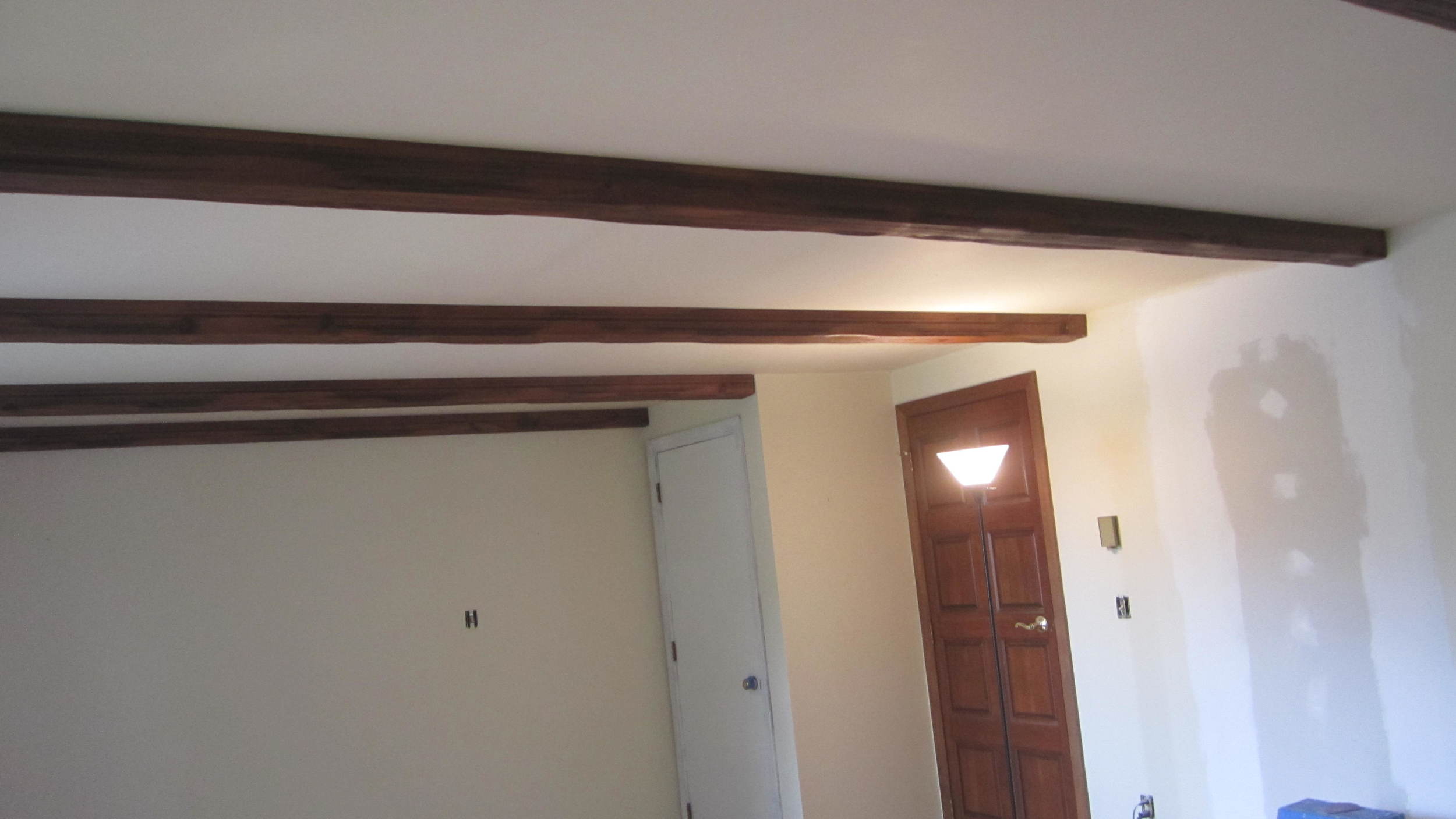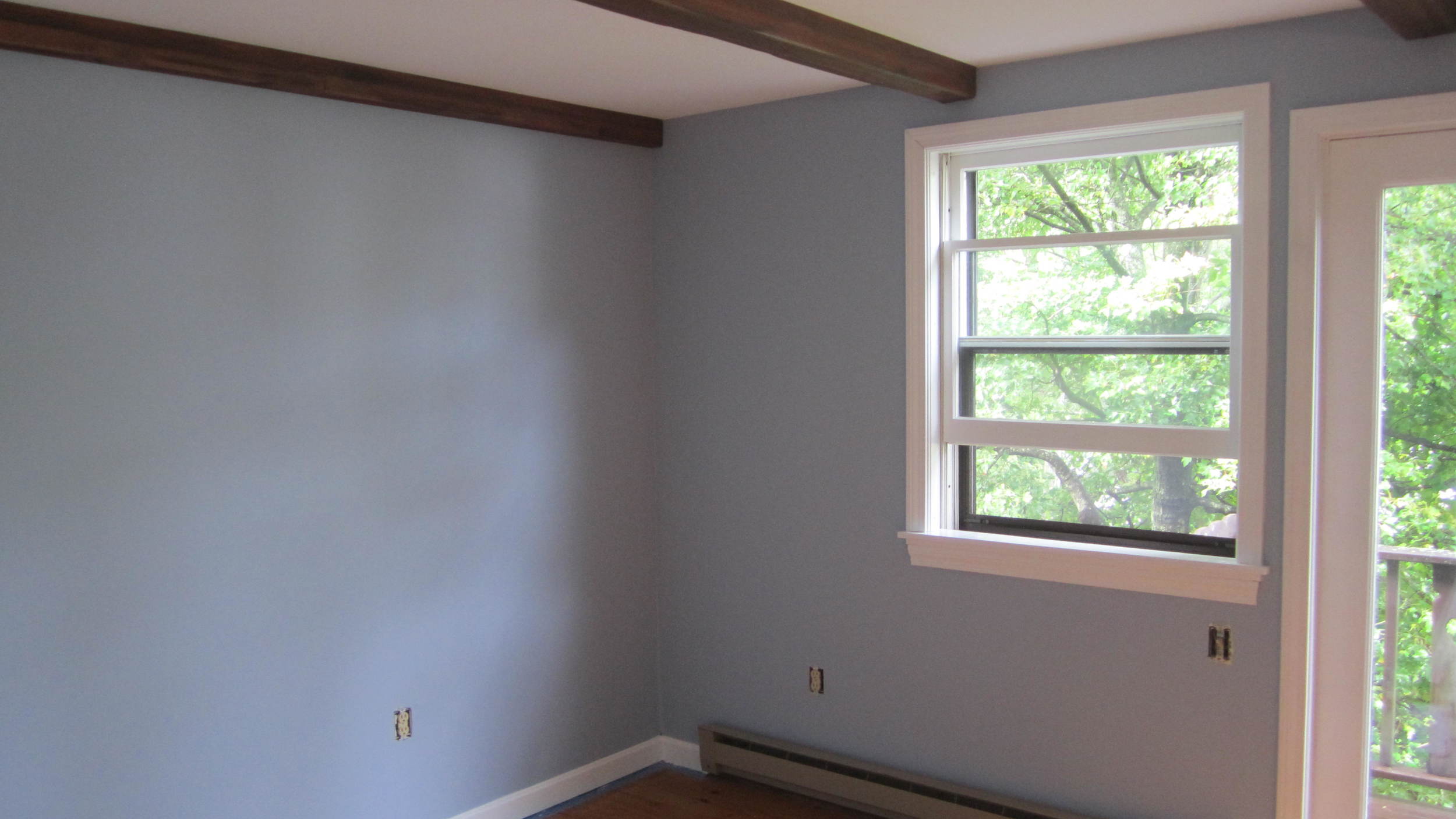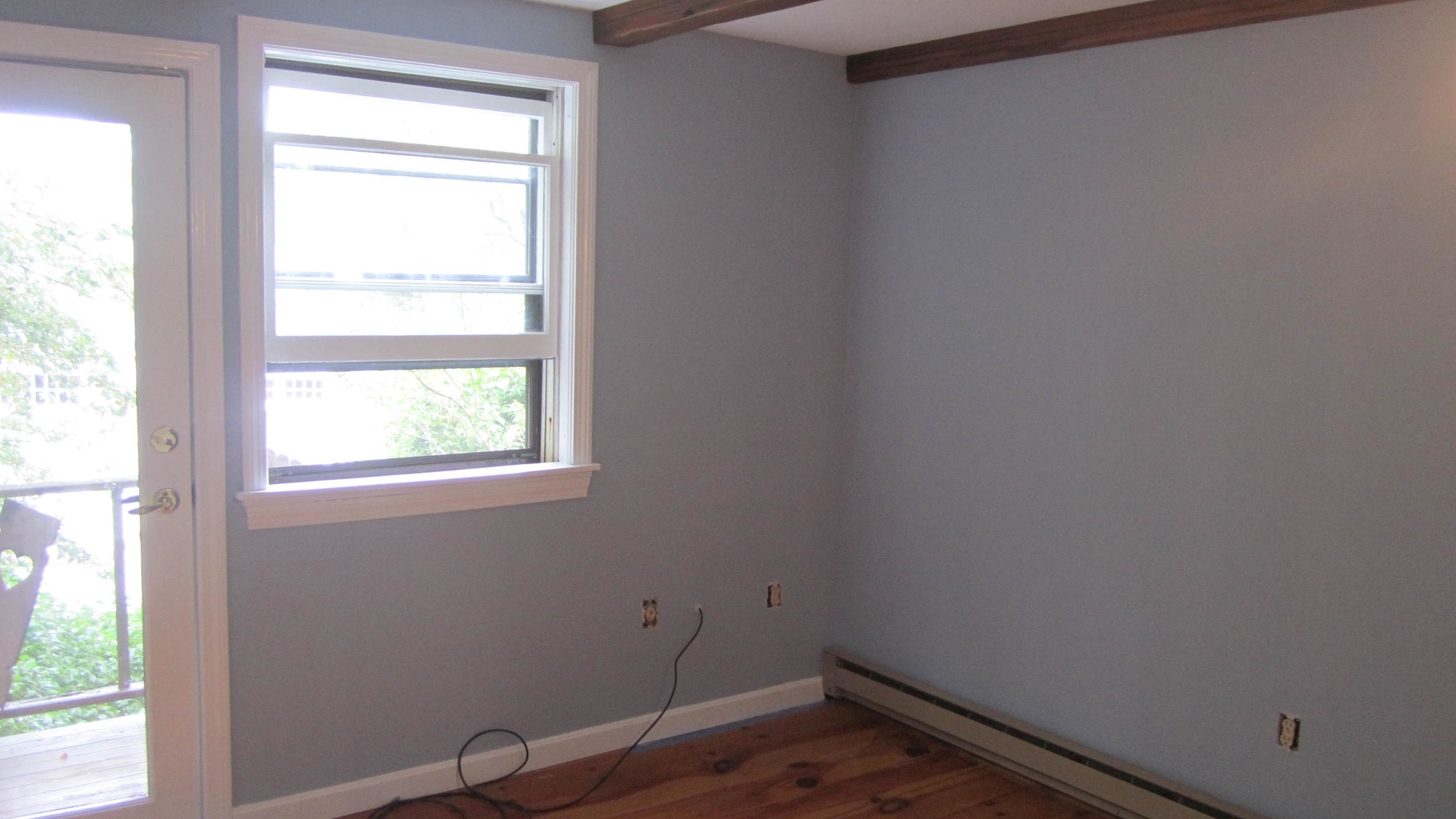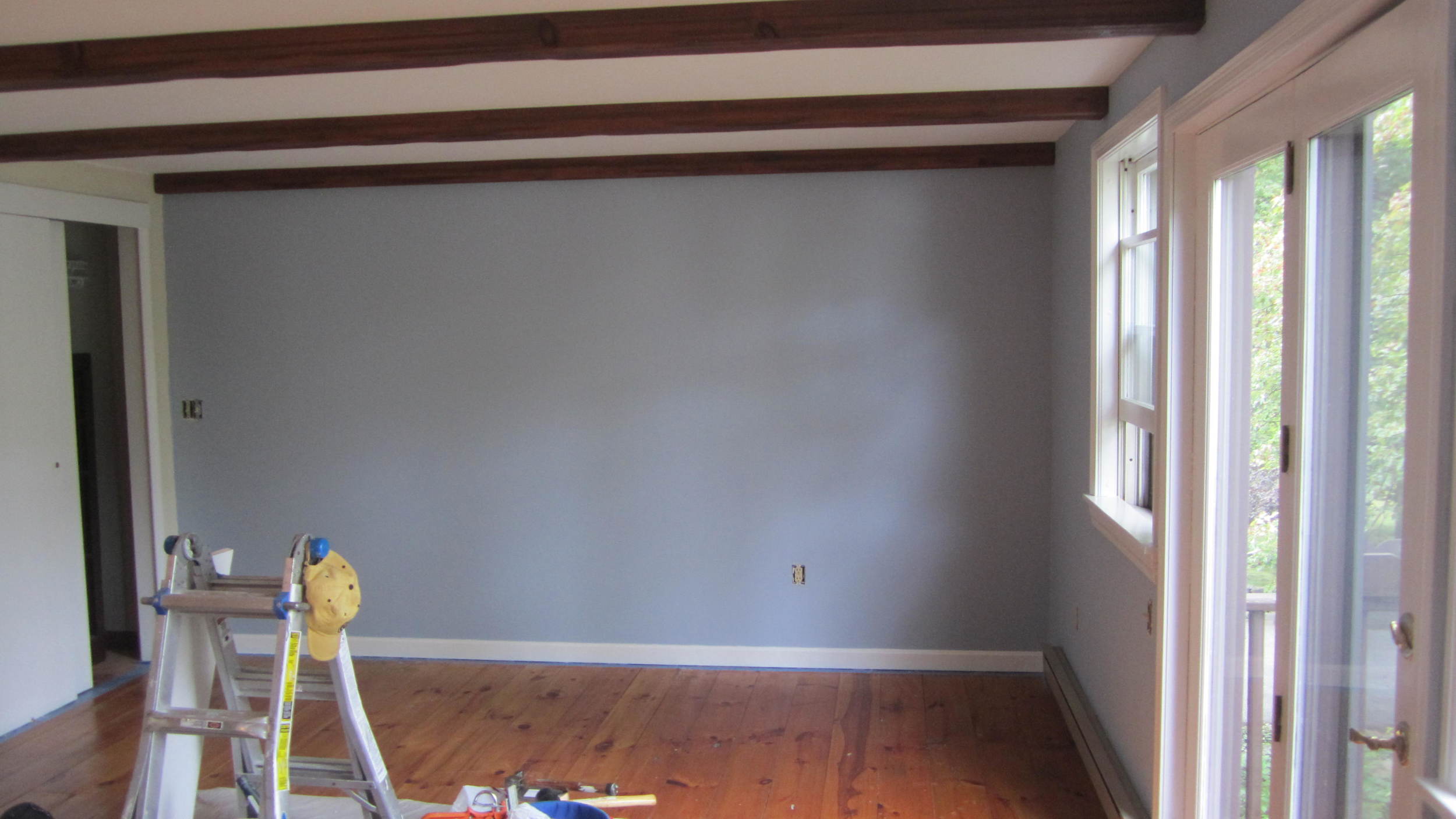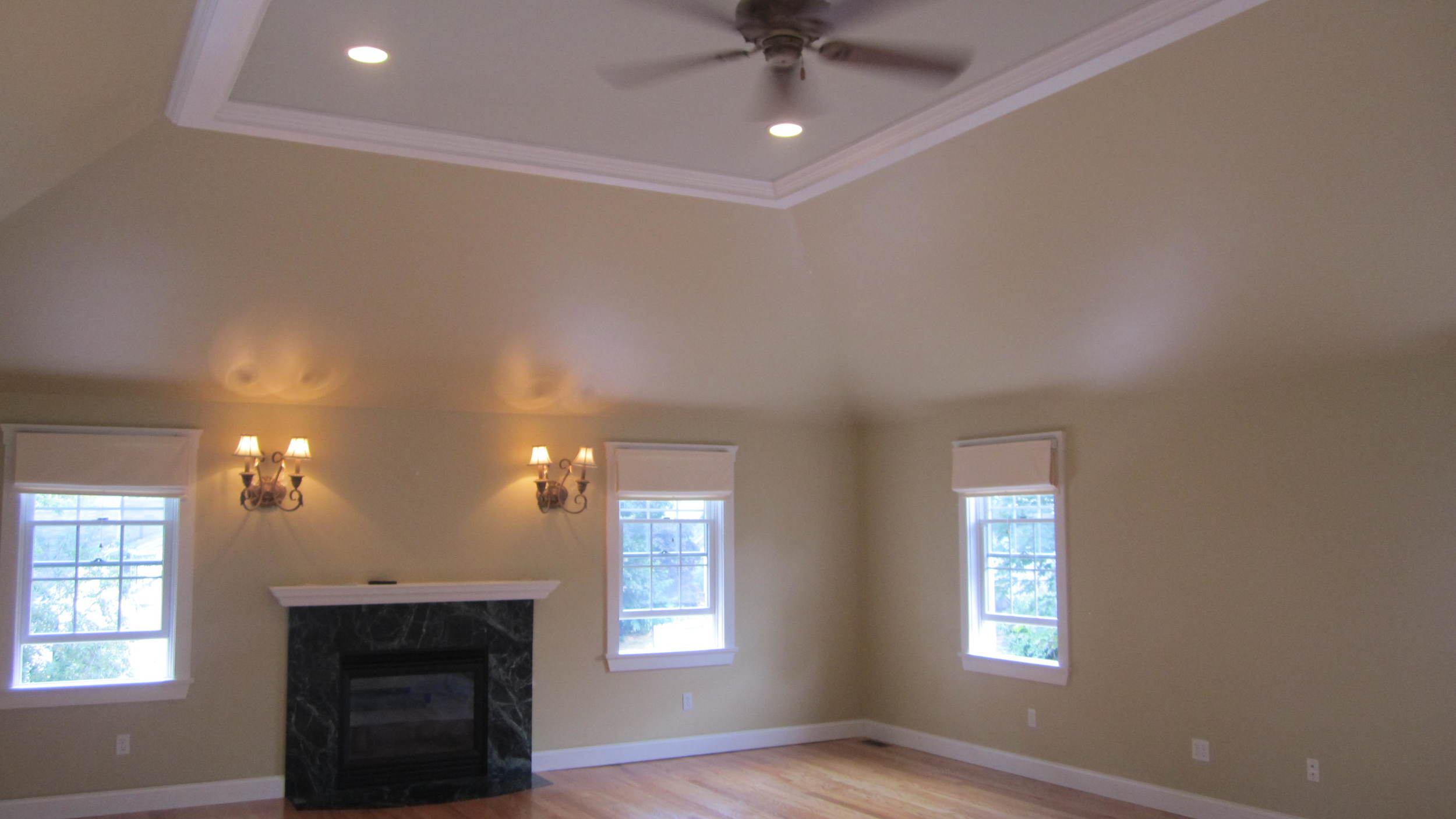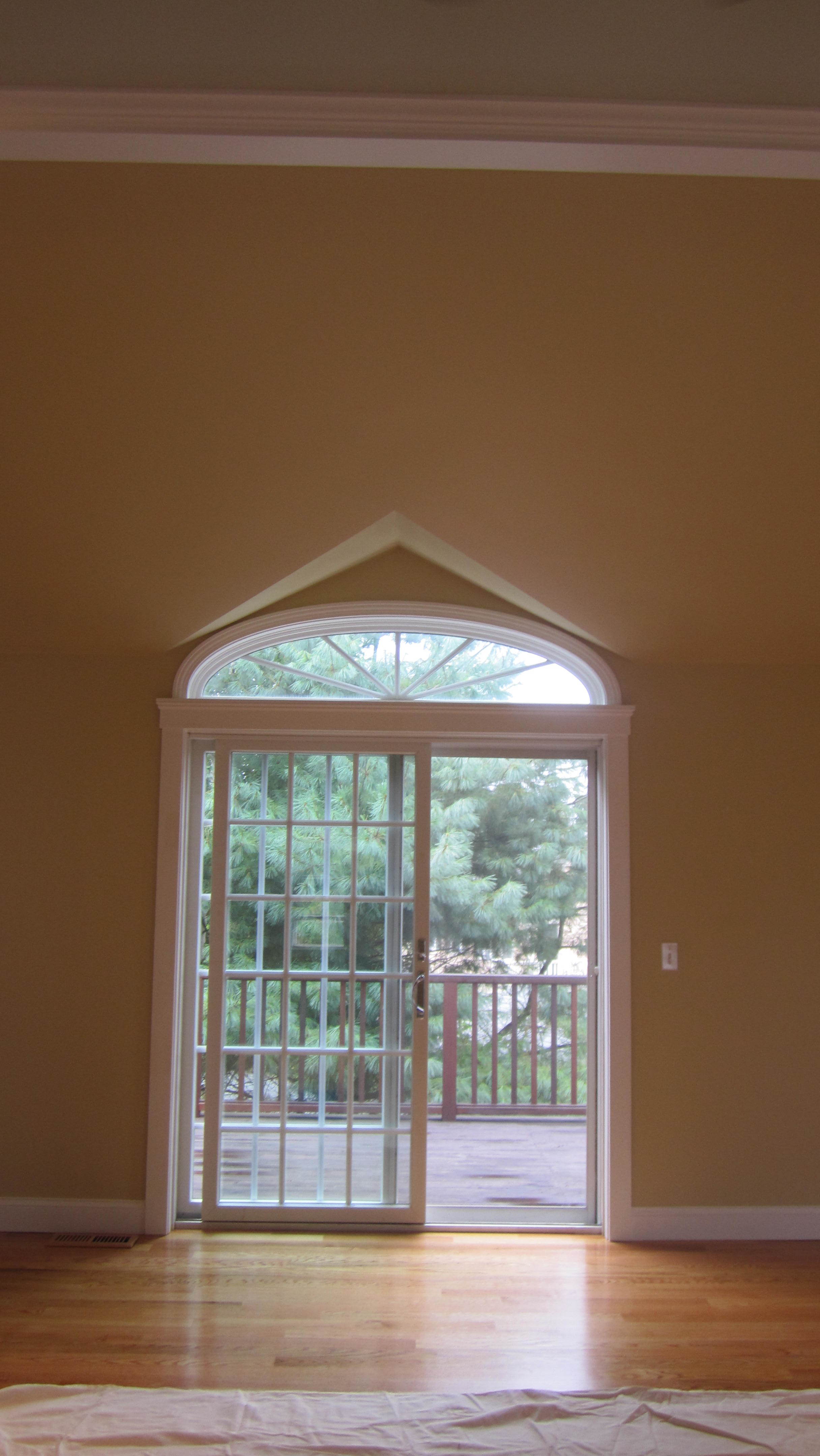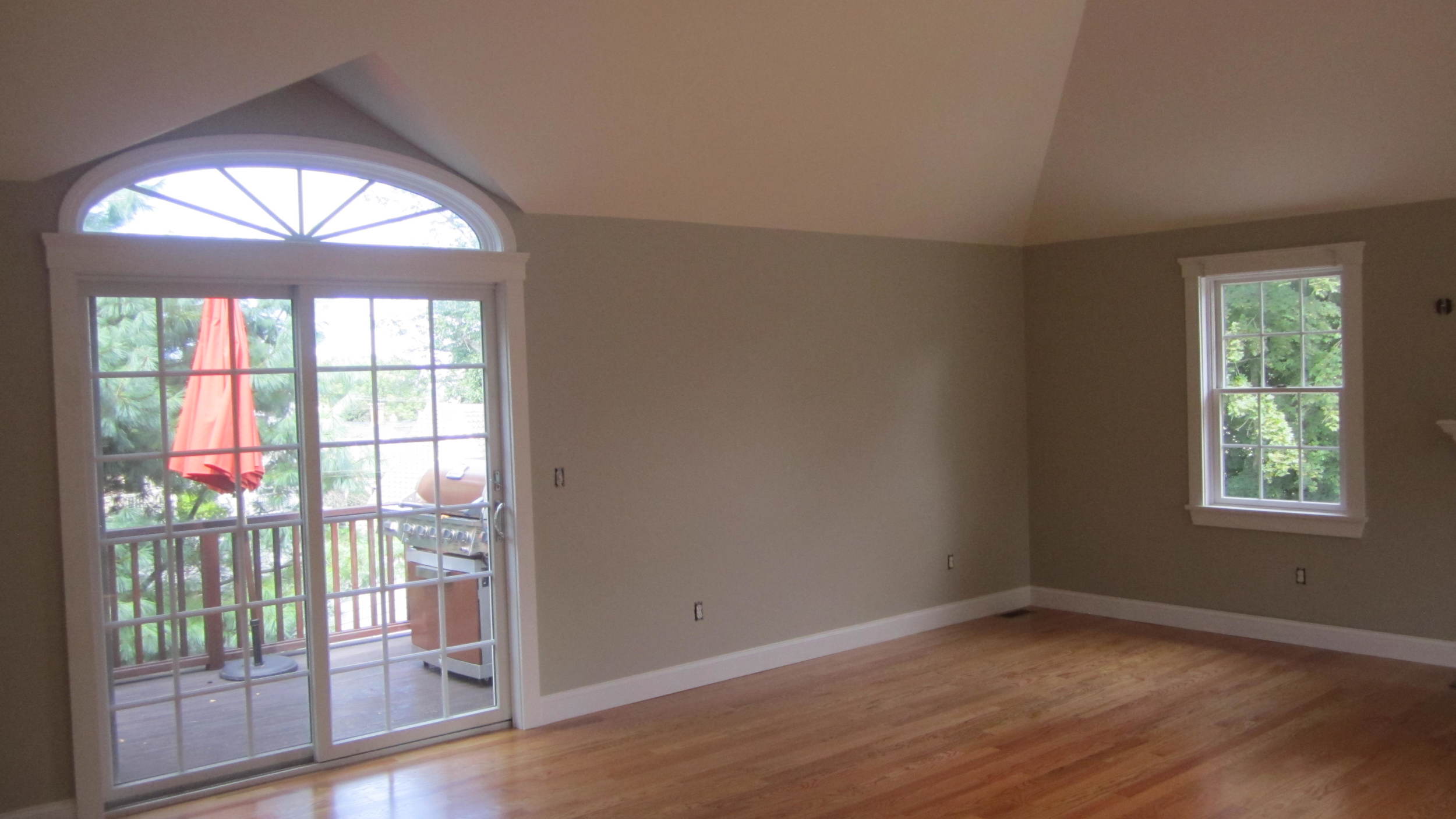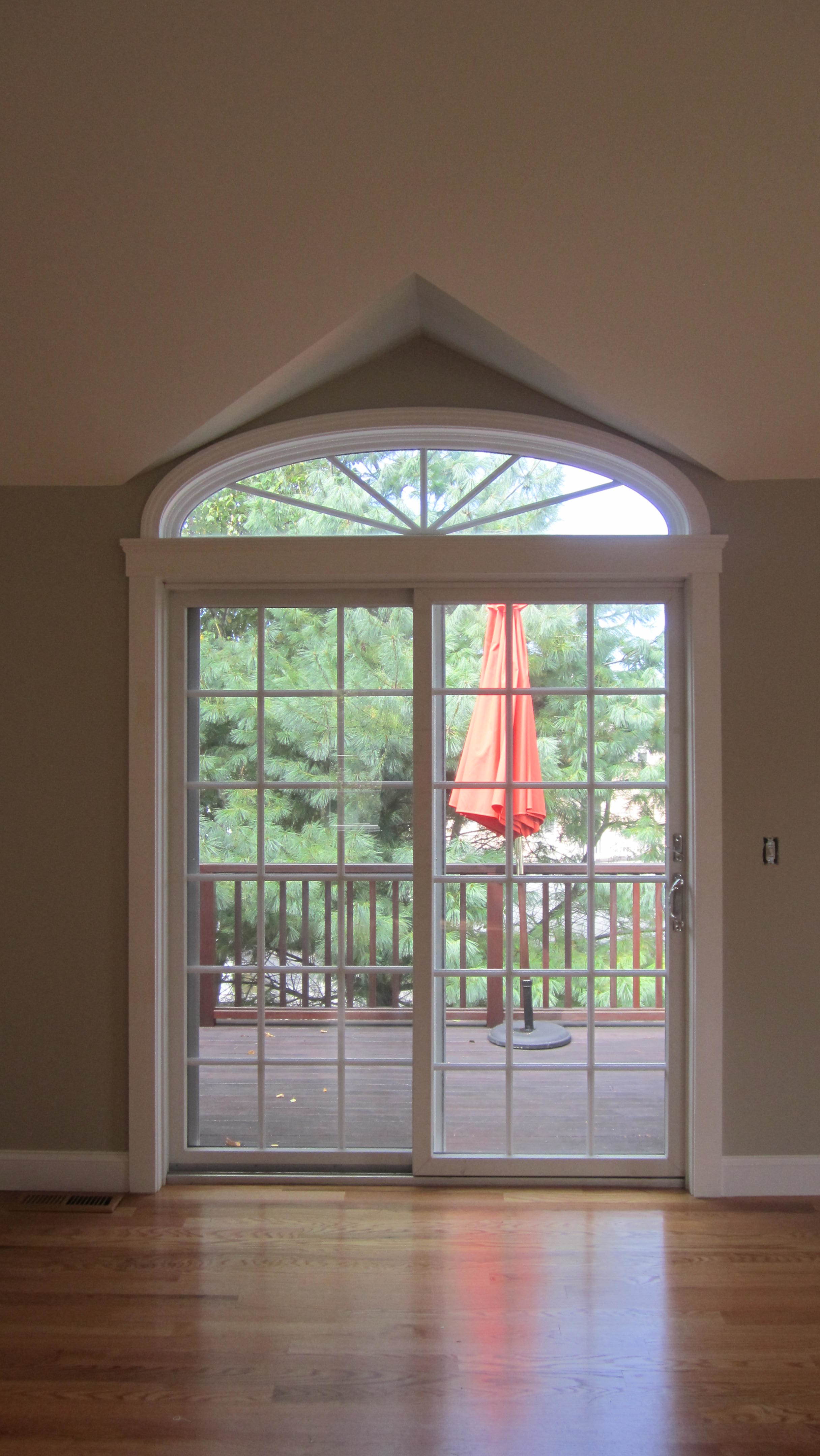I am often explaining why paint and primer in one paints are not necessary and really not a good idea to home owners. Most home owners, when they paint, are repainting a room. When you are repainting a room, you will usually not need a primer. Primer will usually only be needed when unpainted surfaces such as wood or plaster are being painted, a latex paint is being put on top of a oil paint, a previously stained wood will be painted, or a clear coating, such as polyurethane will be painted. Sometimes it is also recommended that a tinted primer be used when a dark color is being repainted with a light color. This is done to save money as primer is cheaper than paint ( I am using the term "paint" to refer to paint that is not primer).
So, the question is "why use a paint and primer in one." The answer is you don't need it. If you read the back of some of the more popular paint and primers in one that are sold by the box stores you will notice that you will be instructed to use the paint to "spot prime." This is when you prime repairs in the walls that you might have repaired with joint compound, or raw wood in the trim that was exposed when the paint job was damaged. Then once you have spot primed with the paint and primer in one, you should paint the entire area. In other words, the paint and primers in one are not magic. There is not a paint and a primer in the can that magically separates and creates two layers of paint when it is applied to the wall and thus eliminating the need to prime. Therefore it is much better to purchase a primer, and use it to spot prime, and then use a paint to paint the walls. Primers are better to prime with than the "magical" paint and primers in one because primers are formulated differently than paints. They have more binders in them, which allows for better adhesion to the raw material. They often are formulated to hide stains and tannins (those colors that bleed through the paint from the wood) better.
I have had a couple experiences dealing with paint and primers in one. A home owner supplied some paint and primer ceiling paint to me for a job that I did. They had the seams on the blue board redone. So, I was painting raw joint compound. I called the 1-800 number on the can to determine if I would need a primer to seal the joint compound before I painted. Joint compound is porous, and if it is not sealed with a primer, the paint will be absorbed by the joint compound, which will result in what is called flashing. The area will appear more dull then the paint surrounding it. I was told be the representative that I would have to use a separate primer. One another repaint, I ran into the problem of paint bubbling when I put on the new paint. Although I was not able with complete certainty to determine that the paint was a paint and primer in one (it might have been just a paint), but the paint that same off was the same color on both sides and painted on raw plaster. If a primer had been used, the underside of the paint should have been white. The best way to fix this this is too take off all of the paint. However, most home owners don't want this done. So, I fix it as best as possible and explain to the home owner that they may have problems in the future.
And, it does not matter if the paint in primer in one is from one of the box stores or is manufactured by one of the higher end paint companies. If you asked an employee of a paint store with knowledgeable employees (99% of the employees at box stores know how to do little more than mix paint) they will tell you that you will need a primer if you are painting over raw plaster or covering up the ugly paneling in your living room. In fact, I have been told my many that many of the paint companies are doing nothing more than changing the label on their paints. In many ways this upsets me. Now I have to explain to home owners even if the better companies are doing it, the paint and primer in in one is a myth--that they are only doing it to compete with the box stores.
